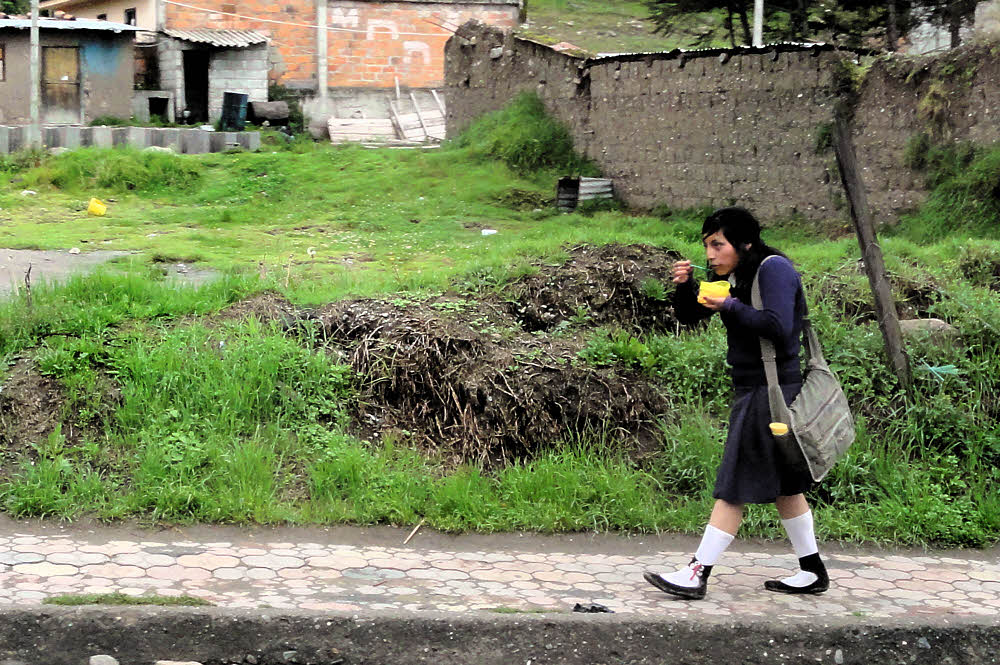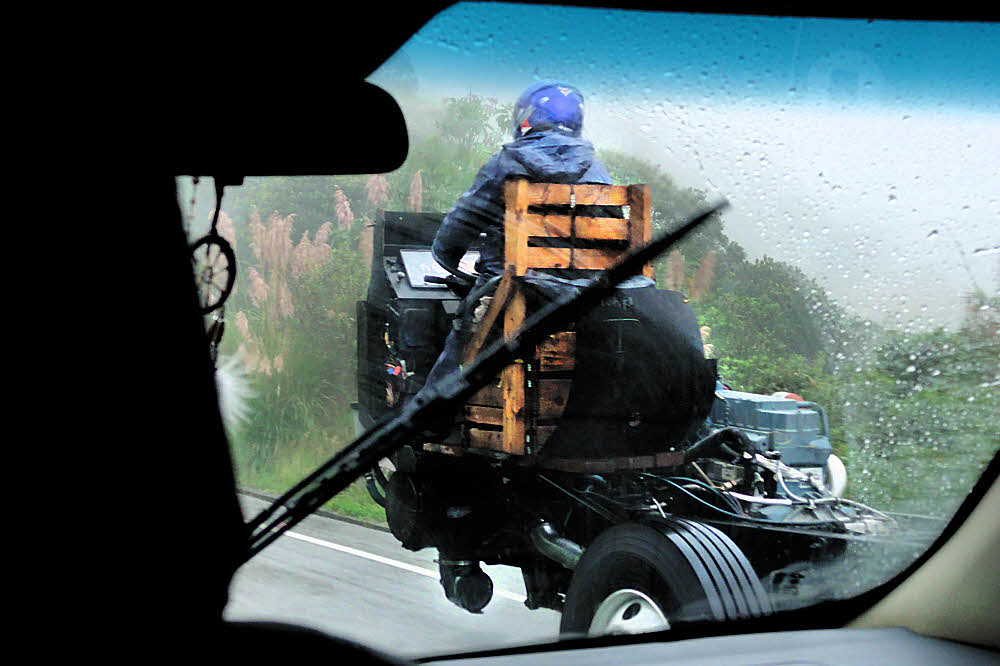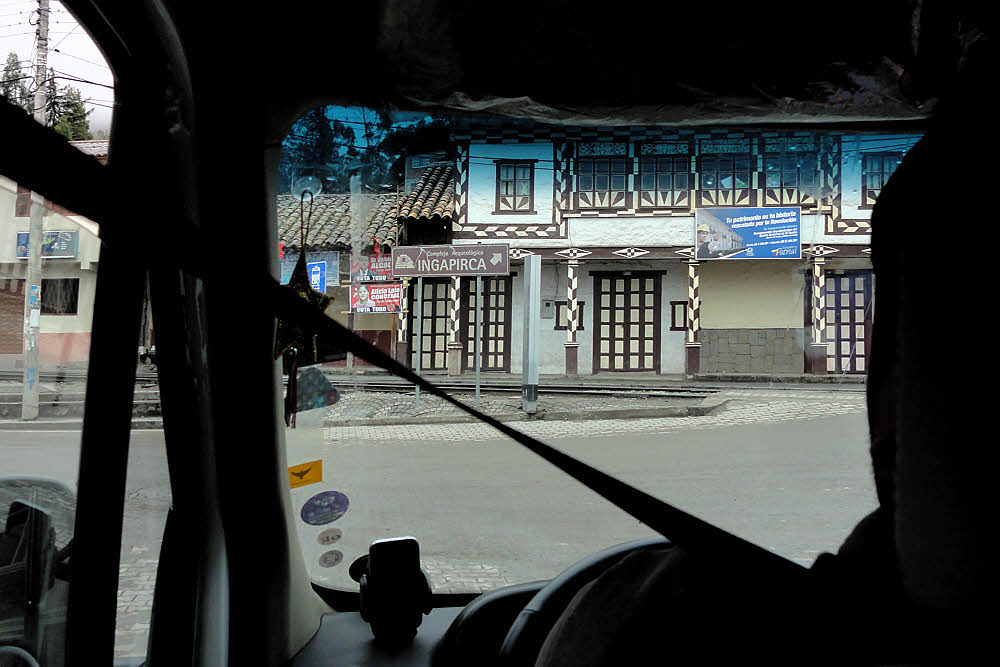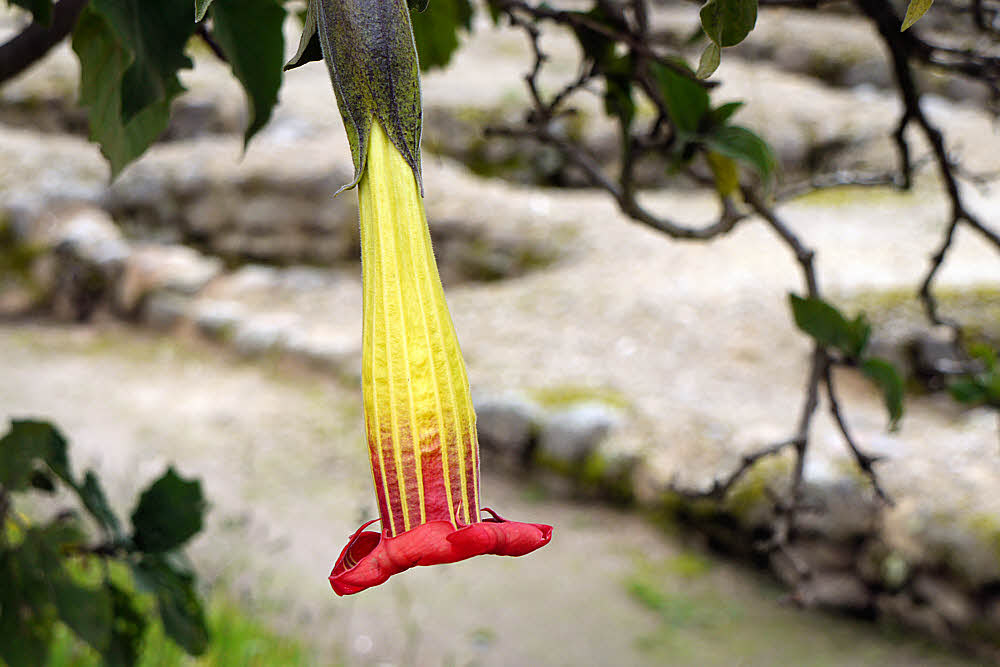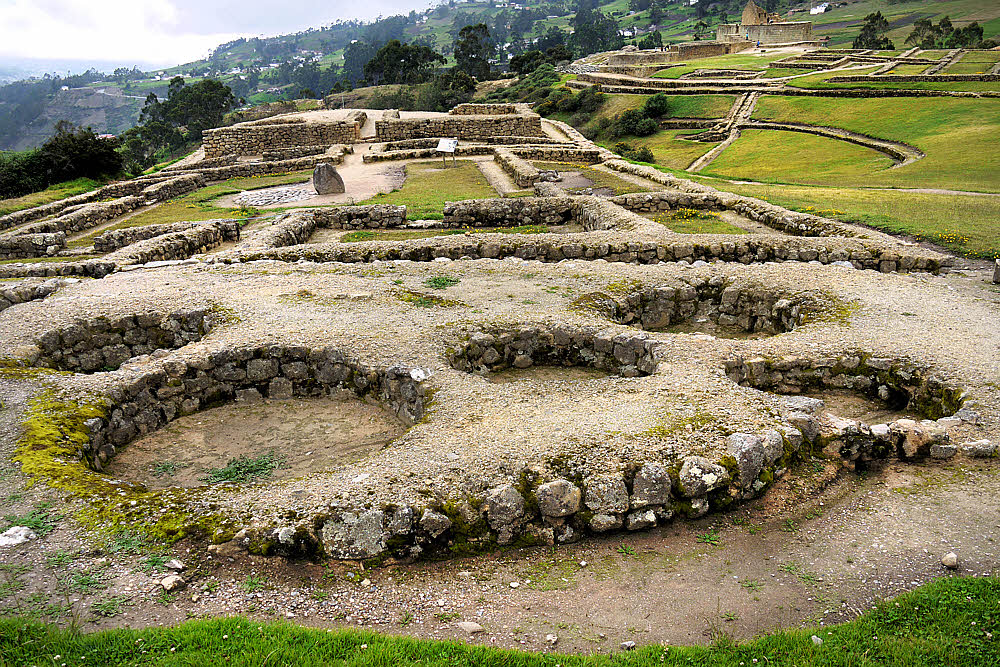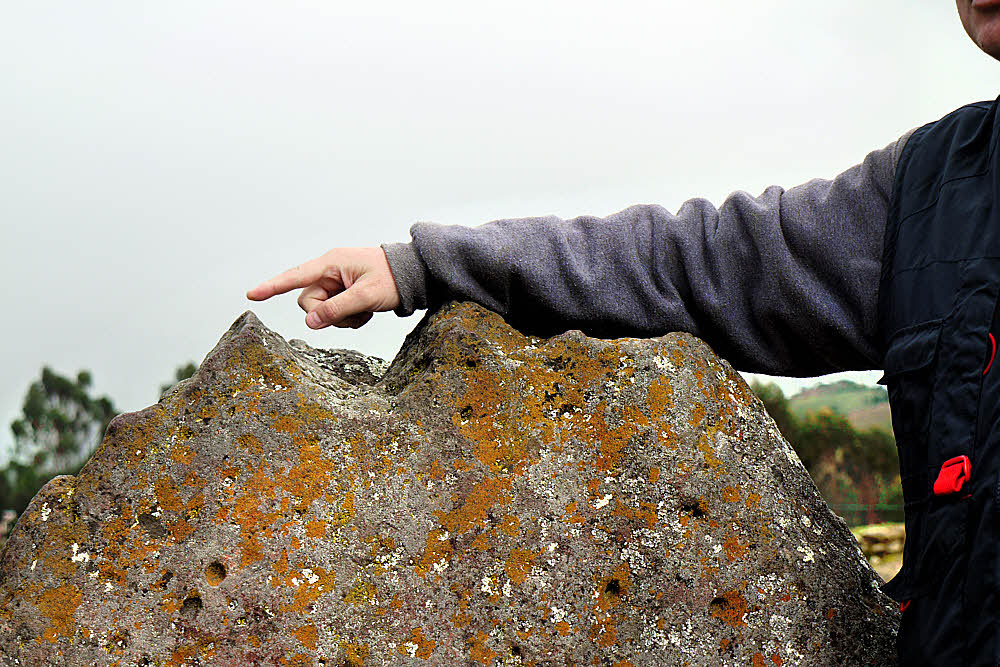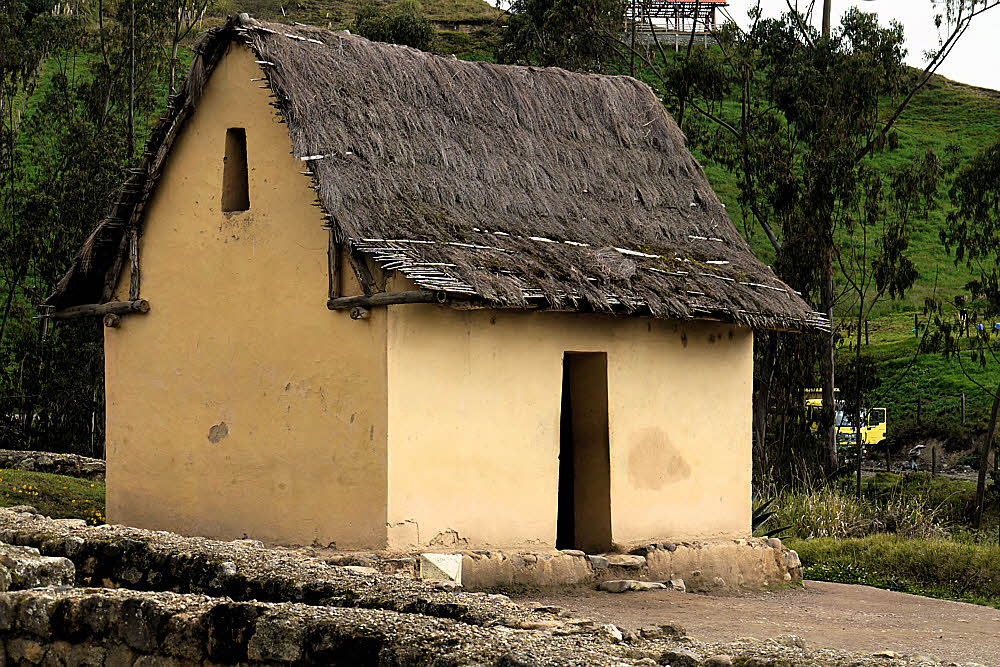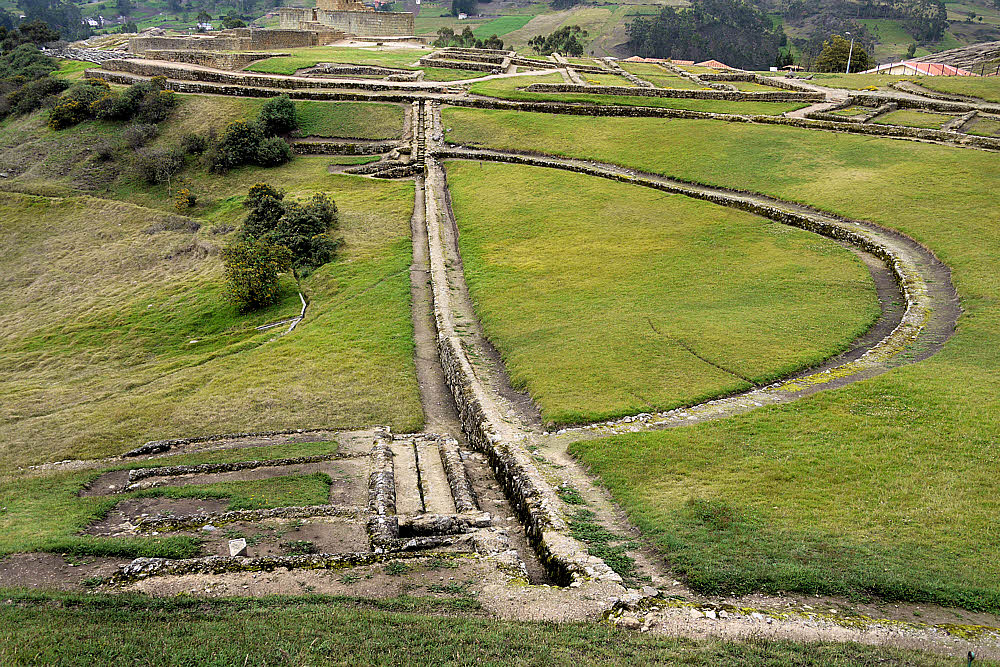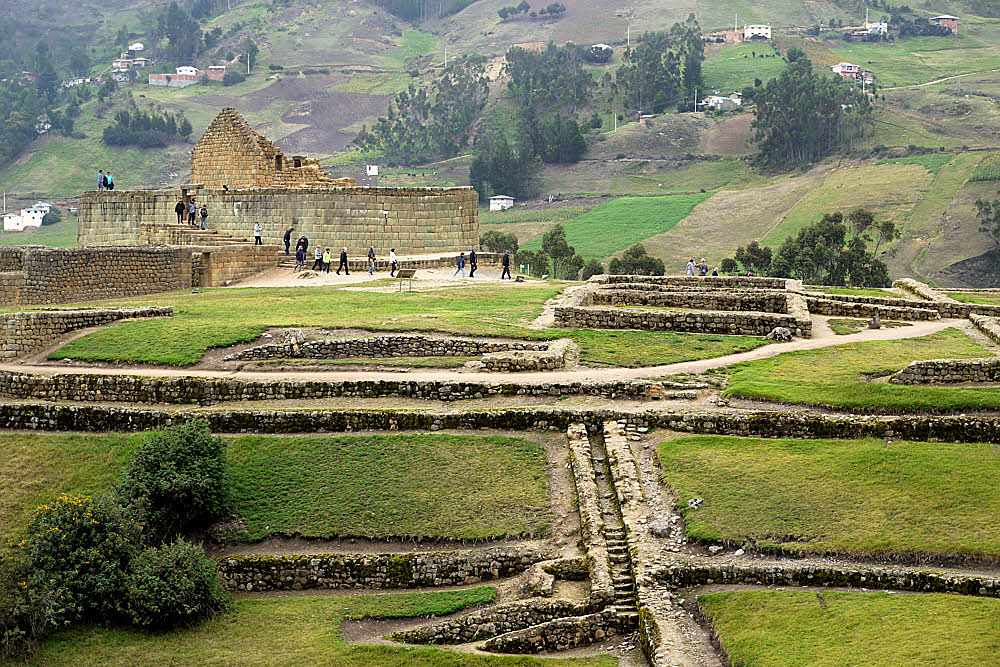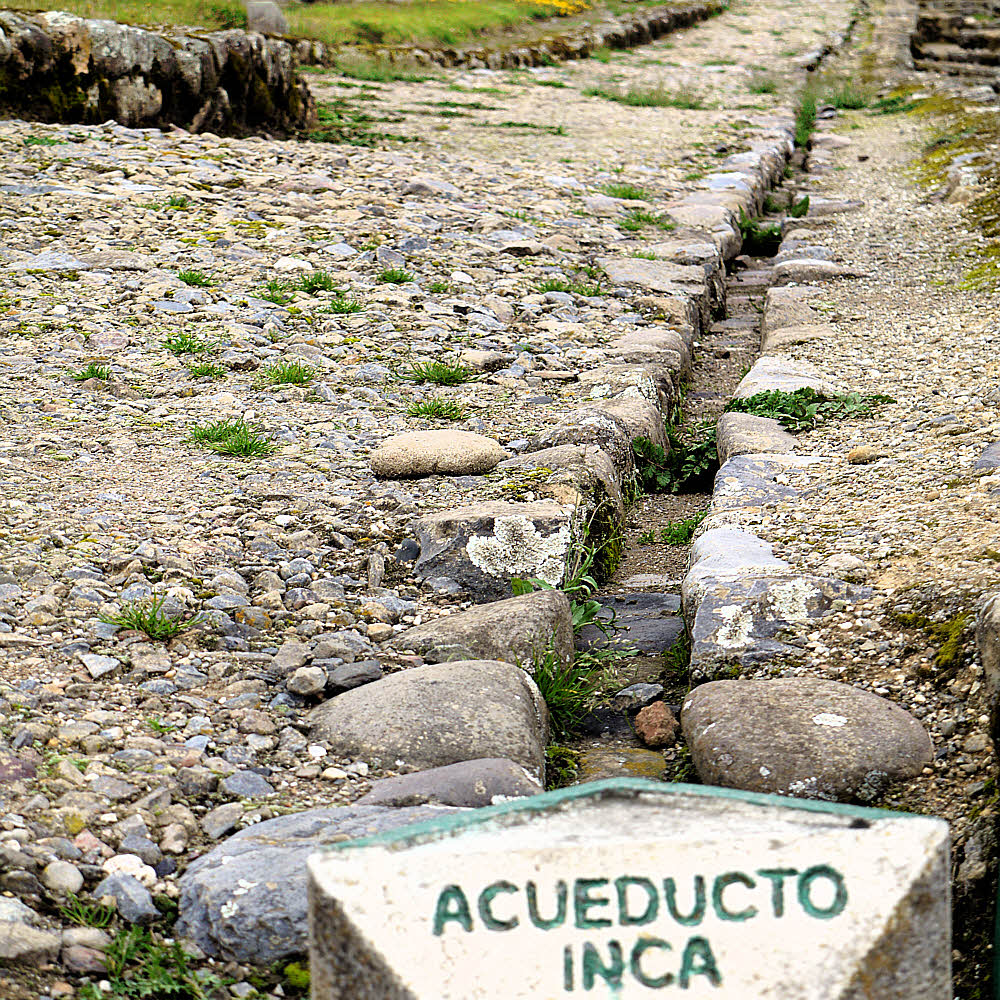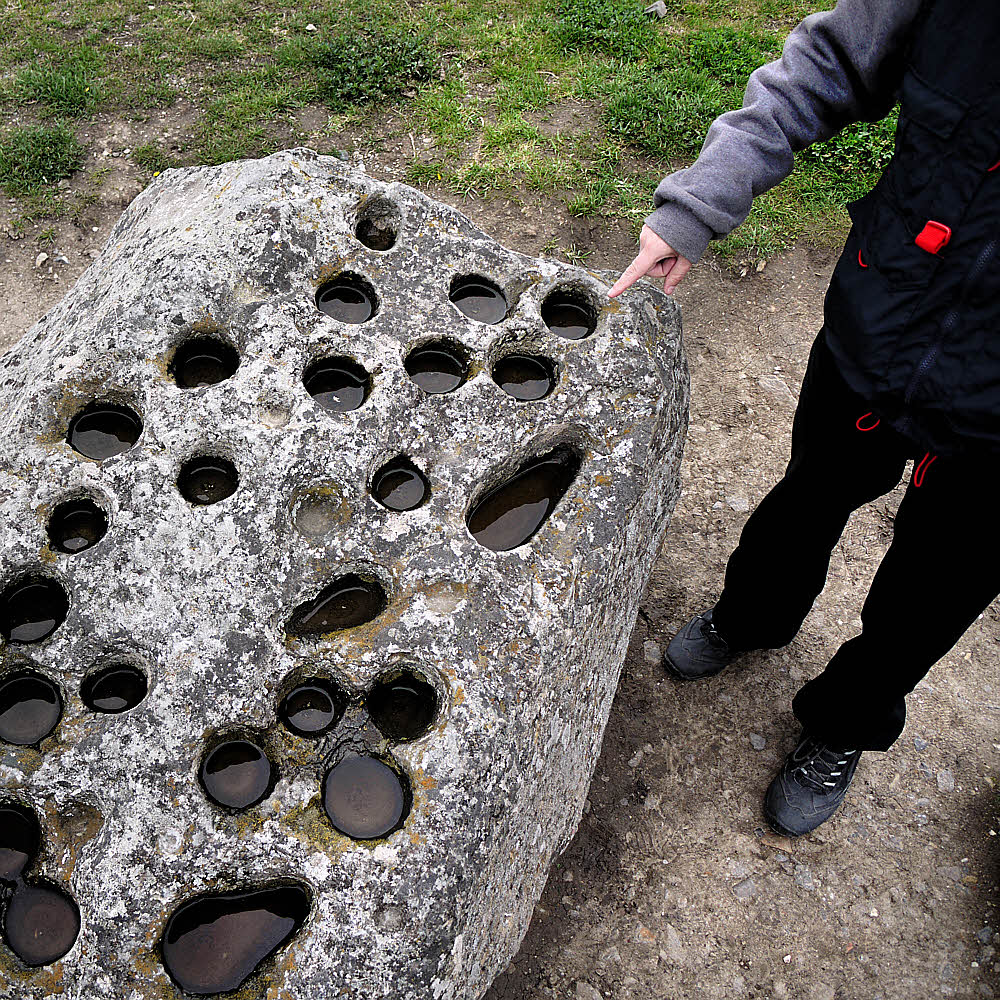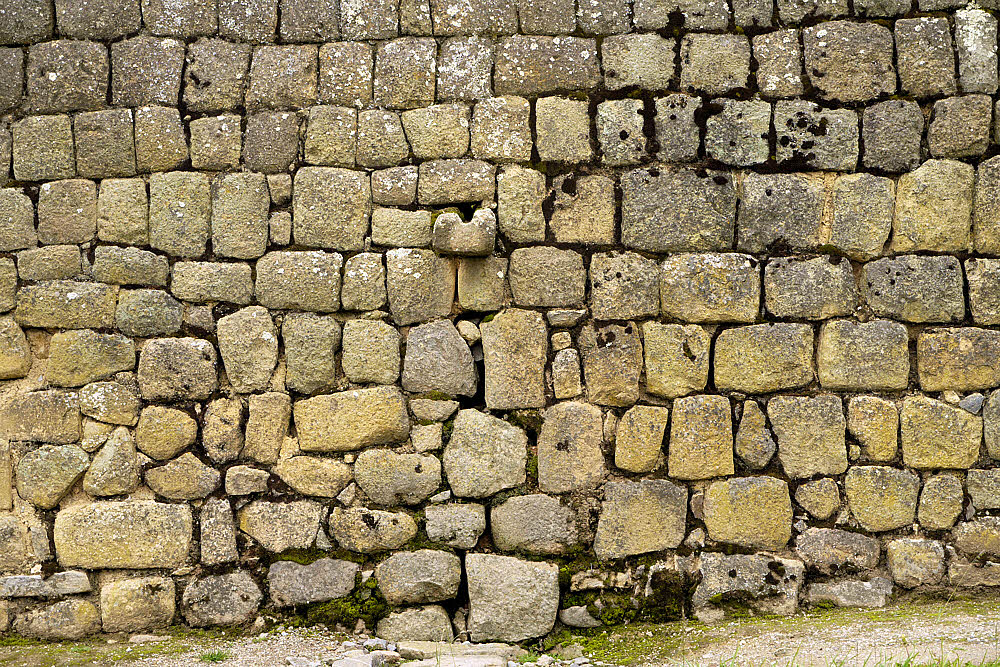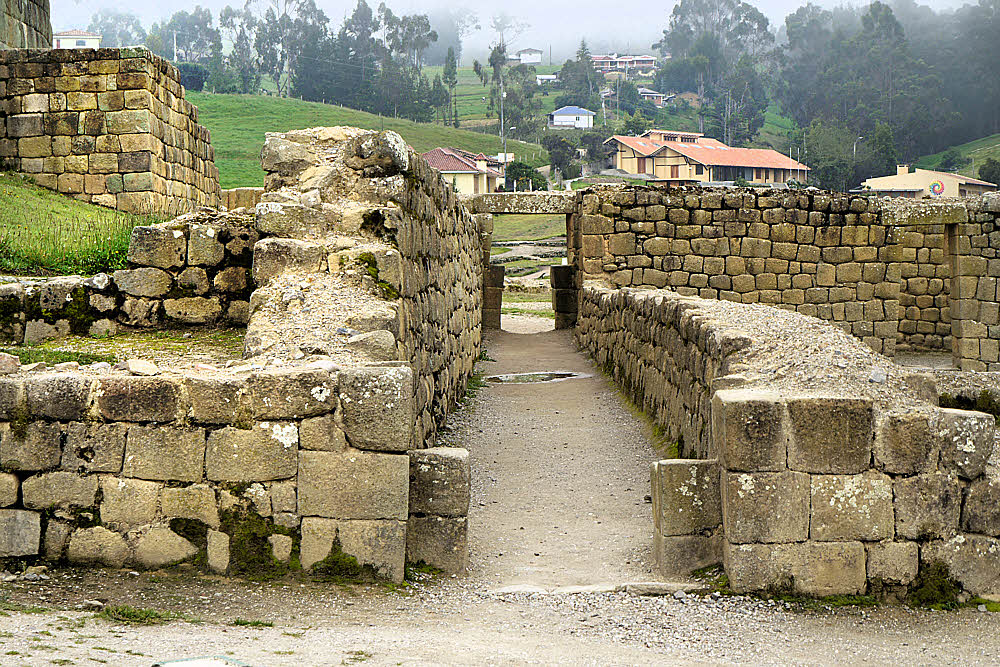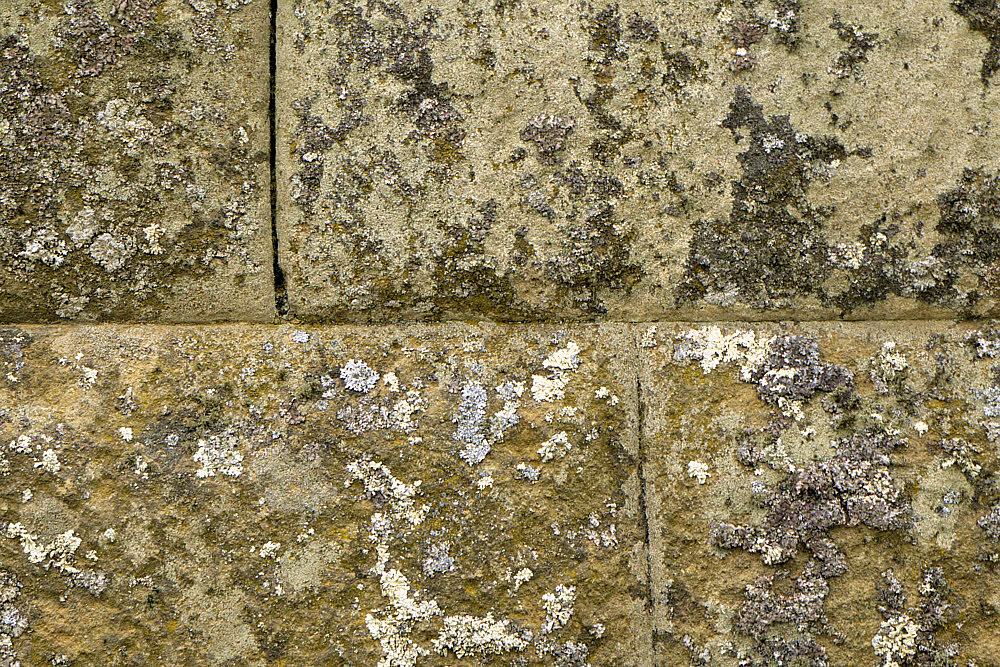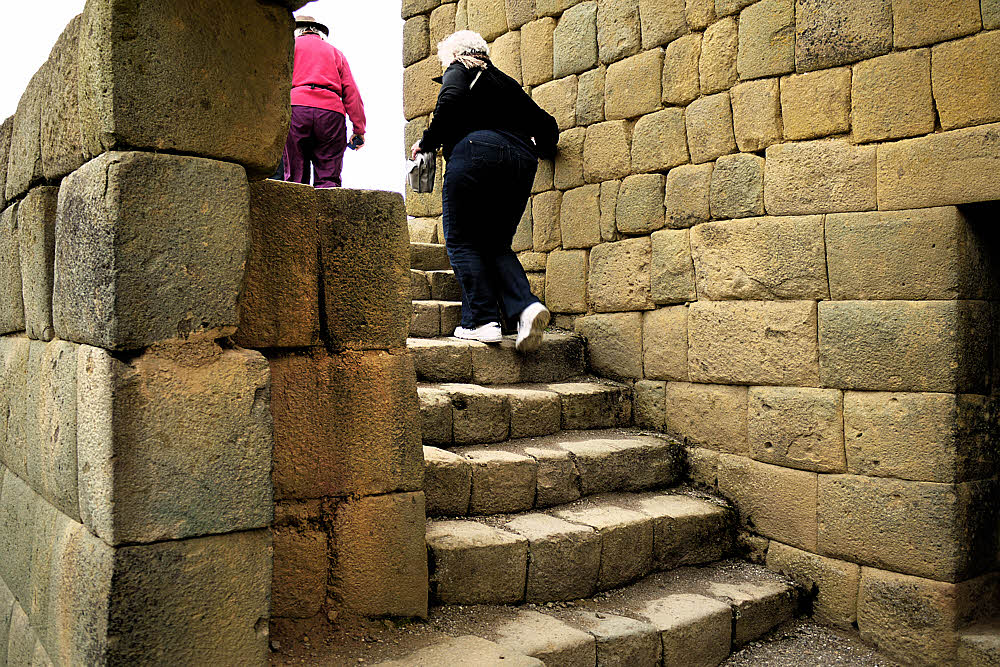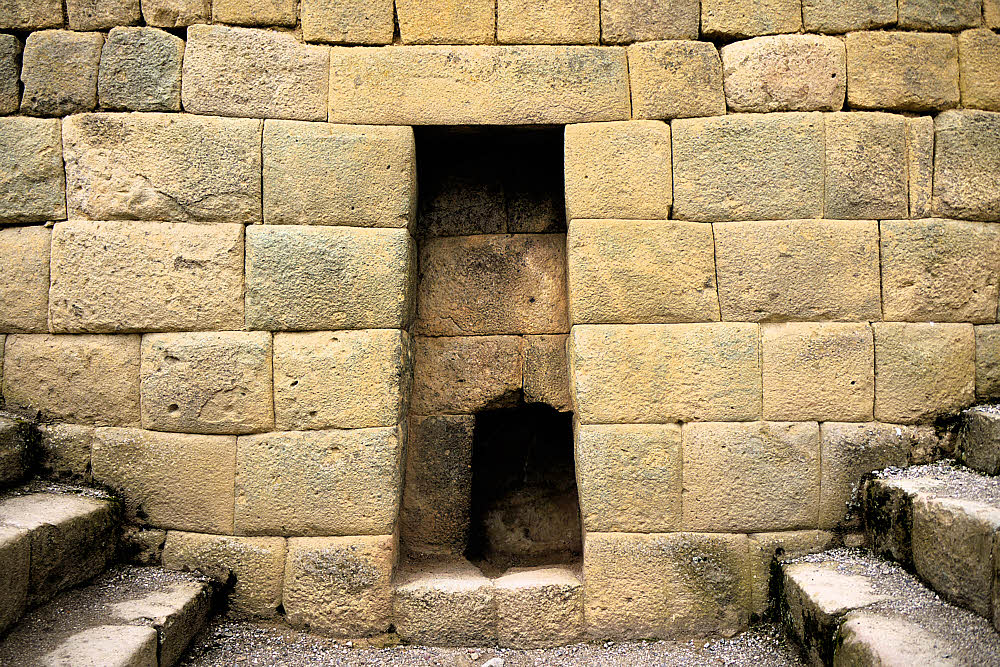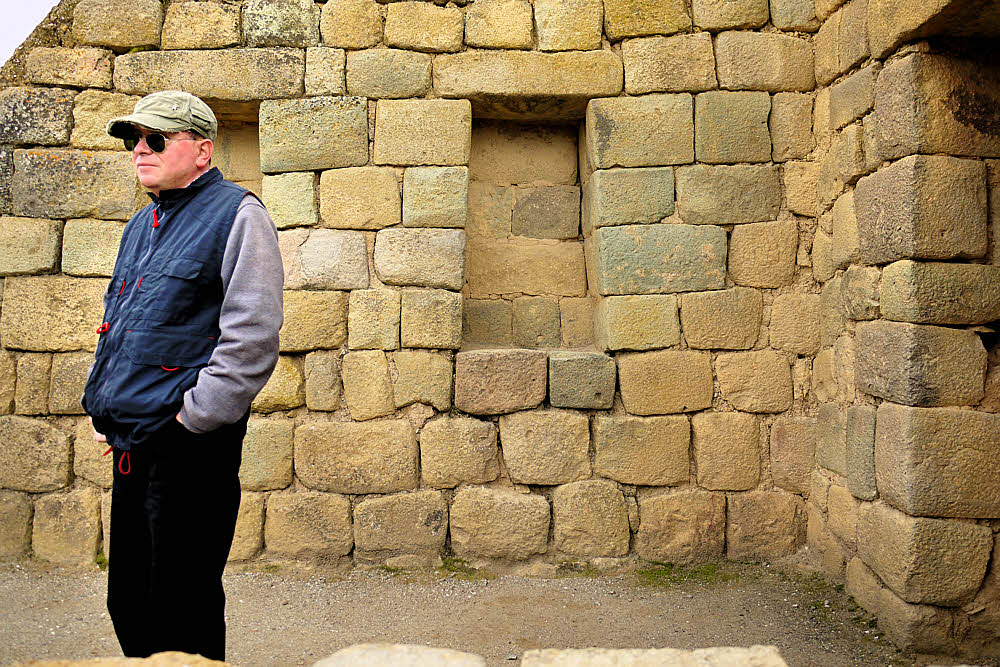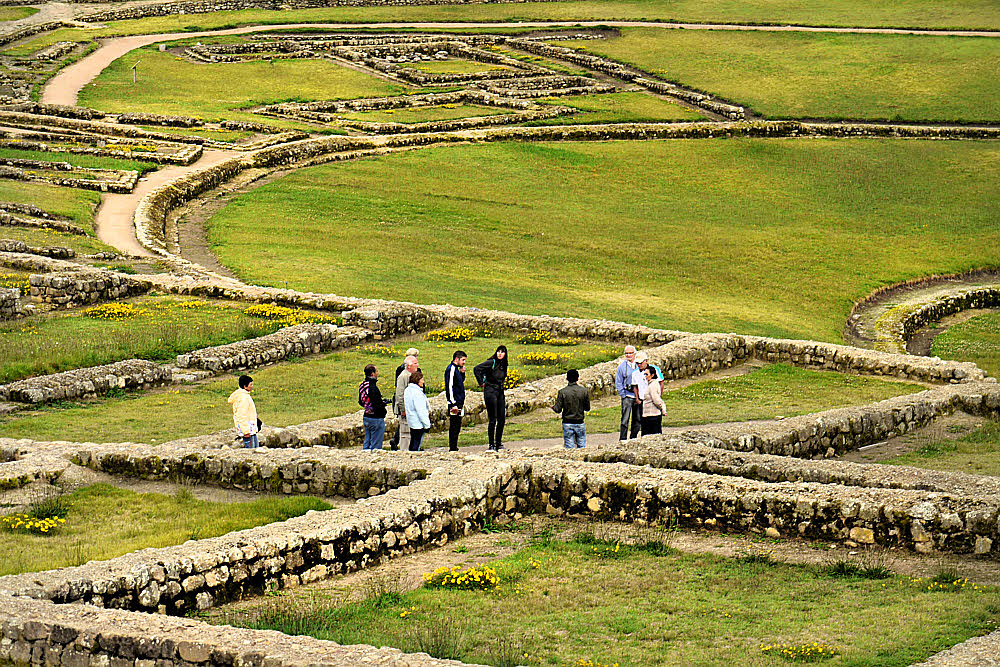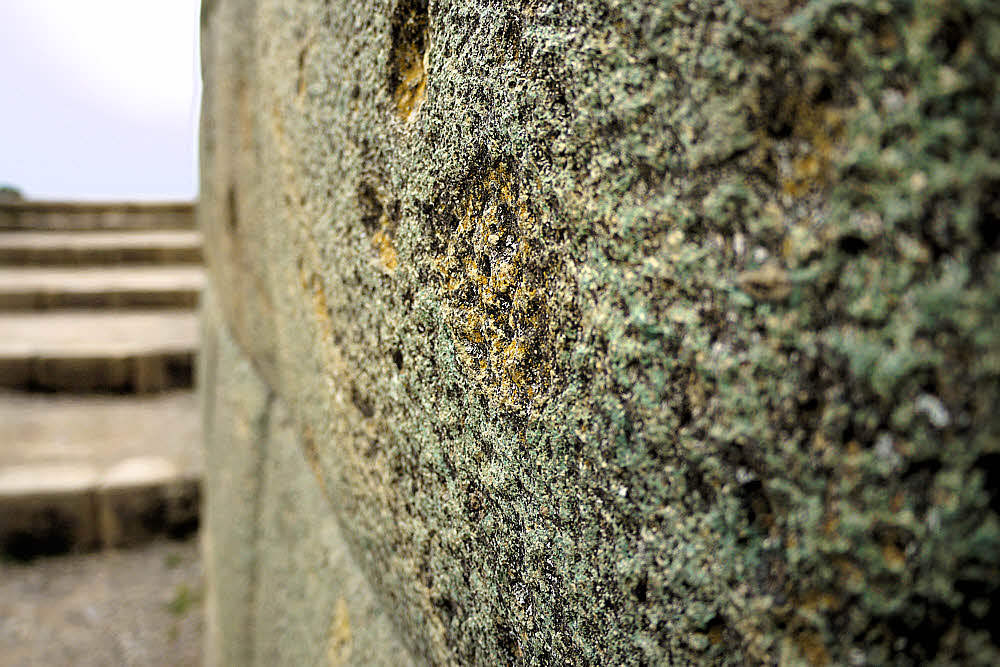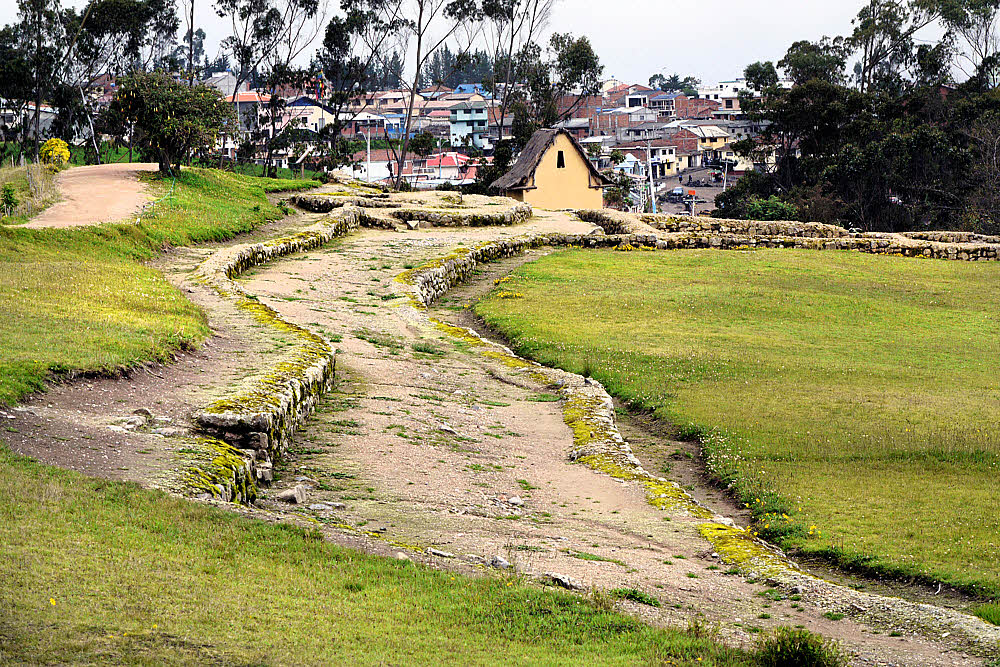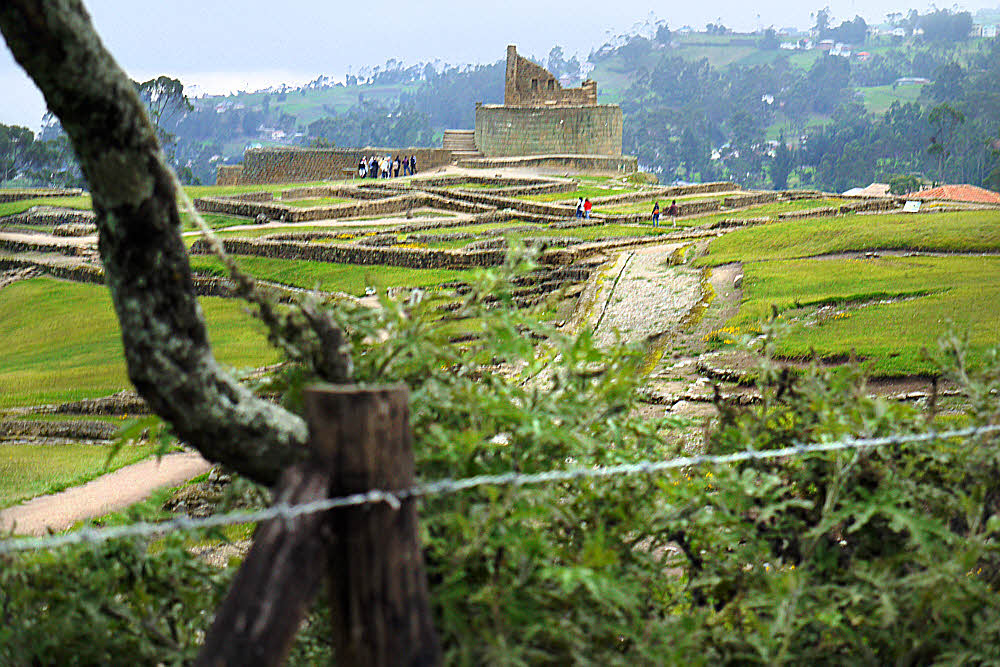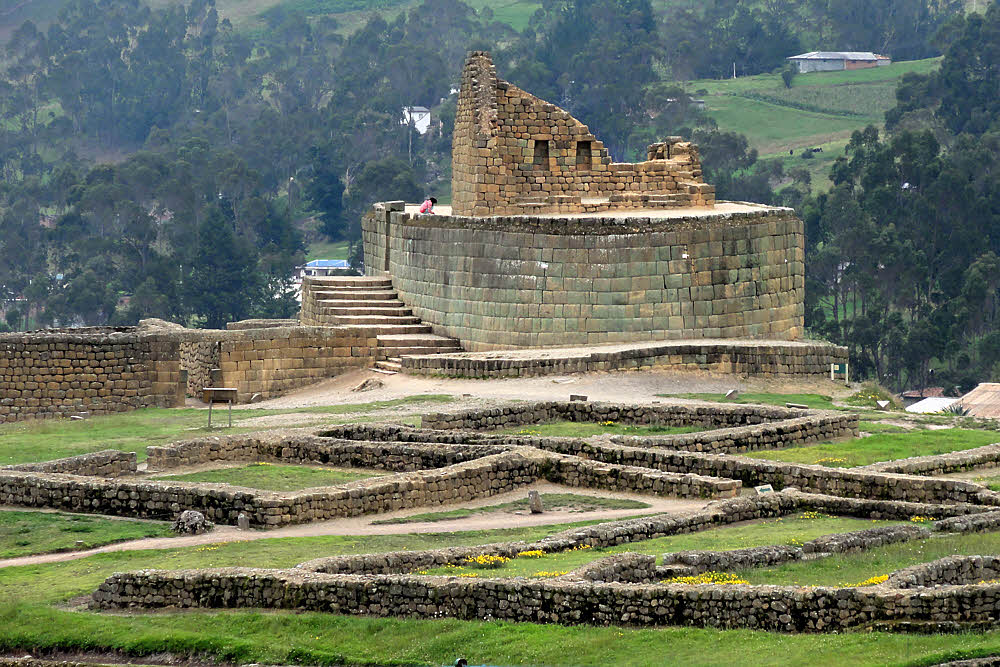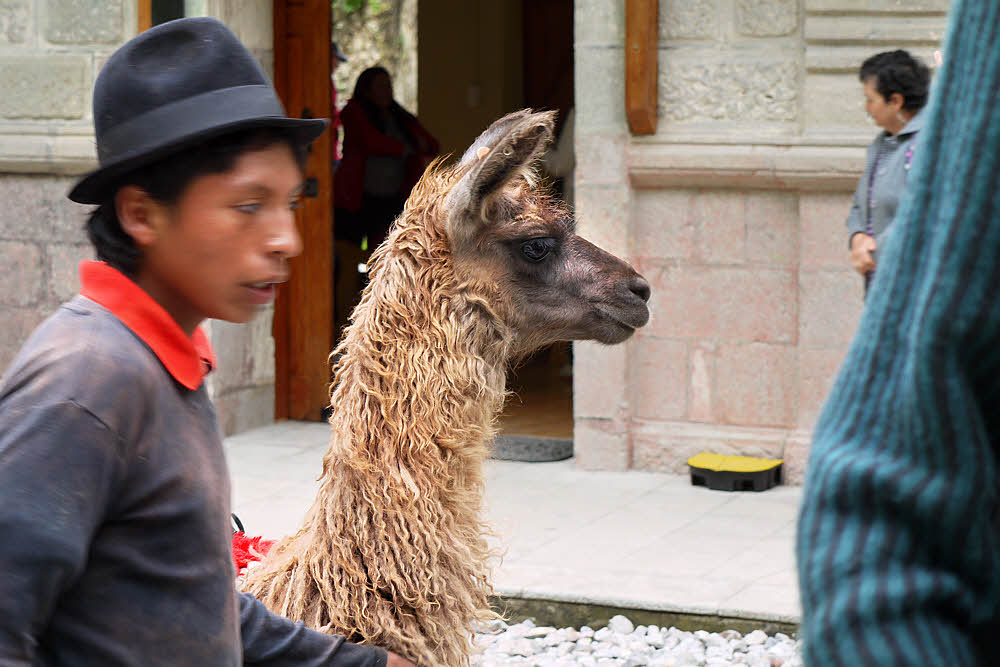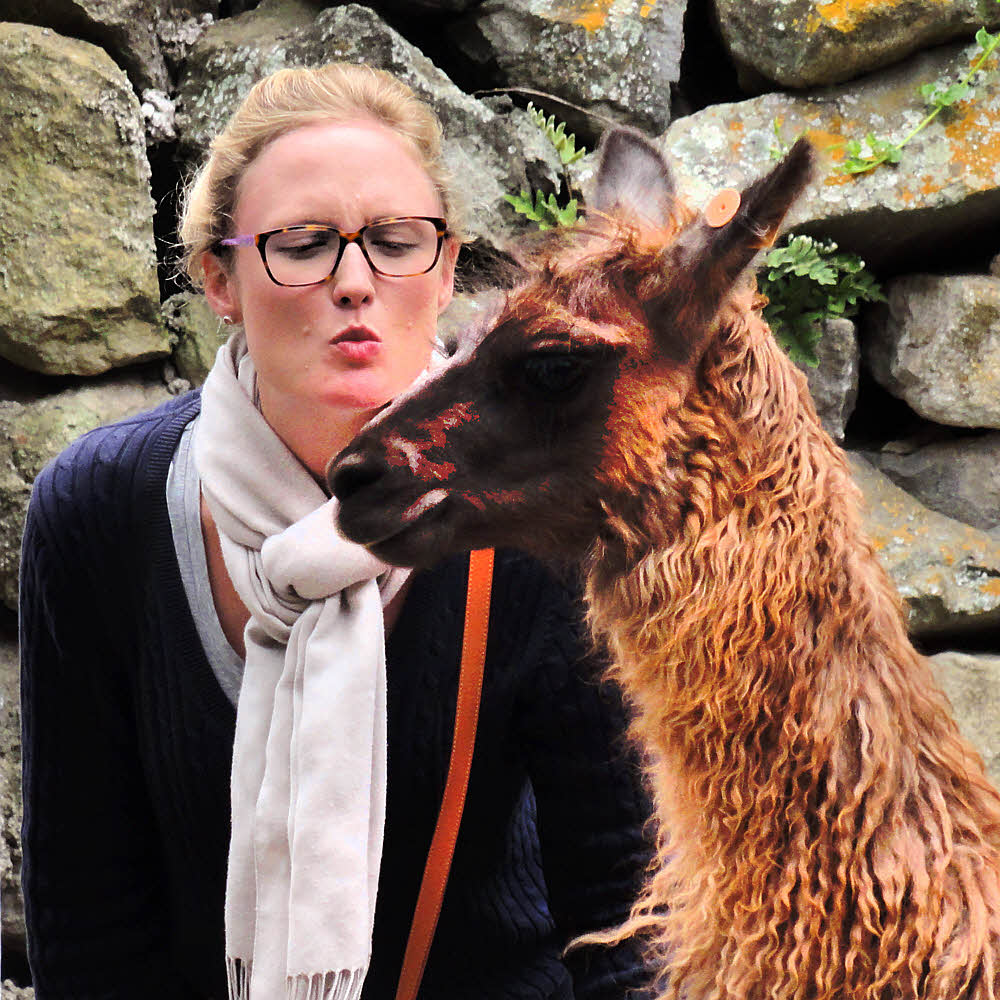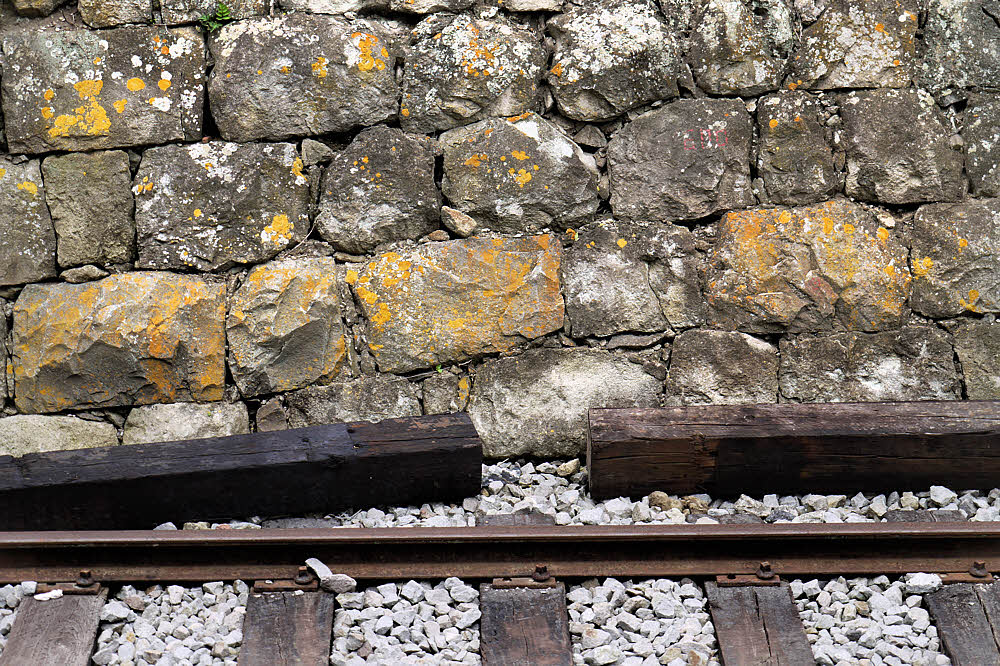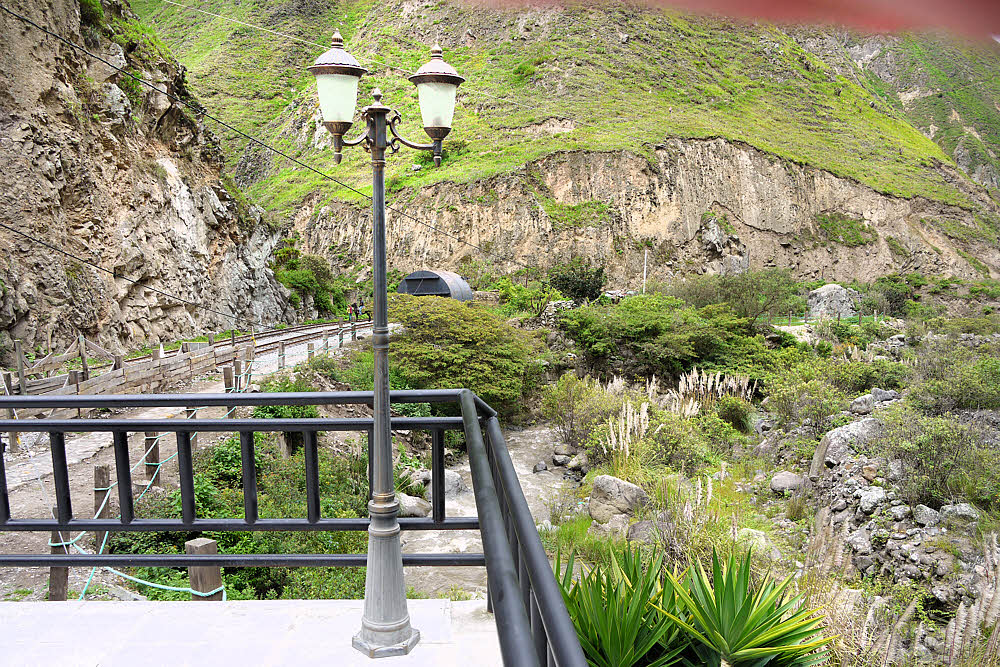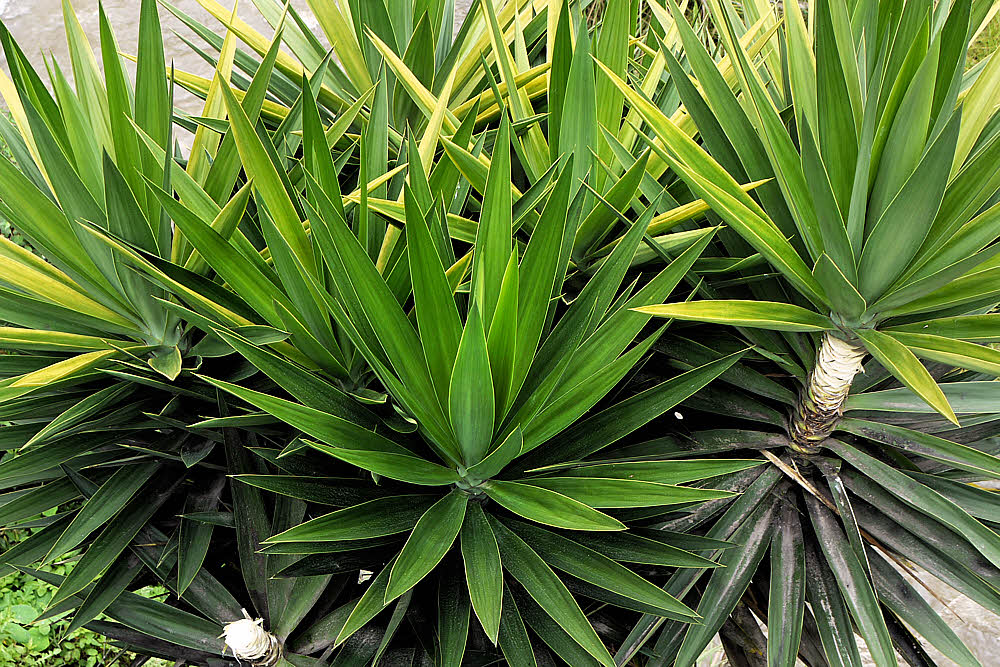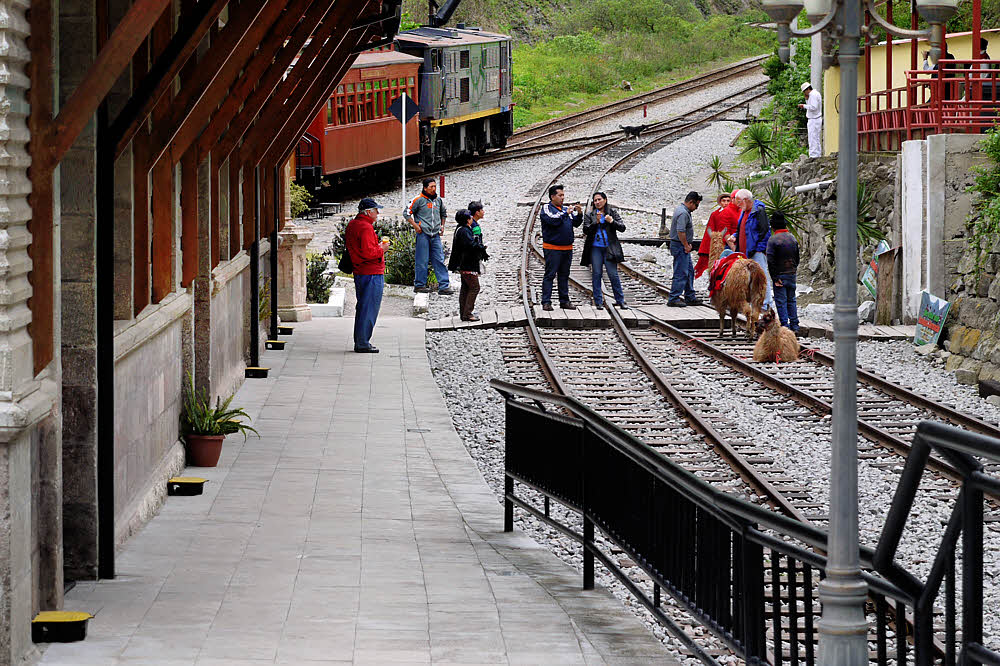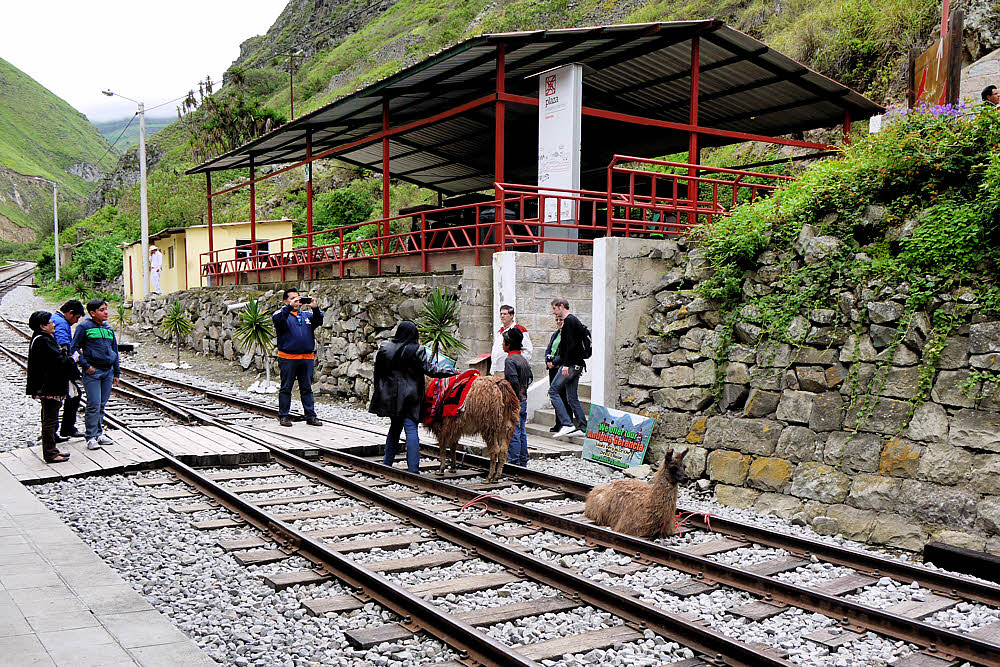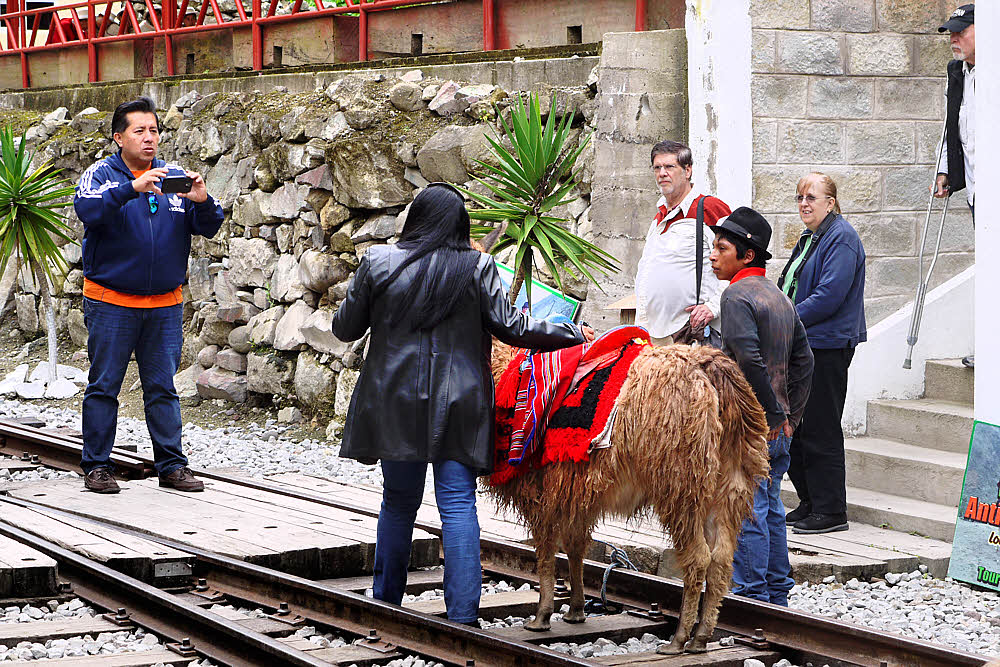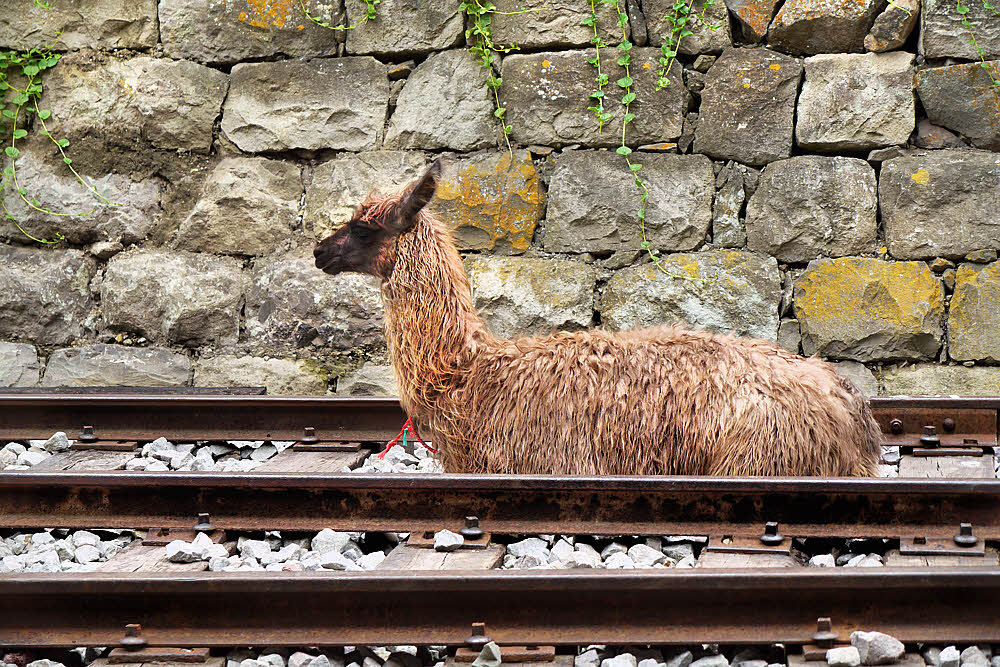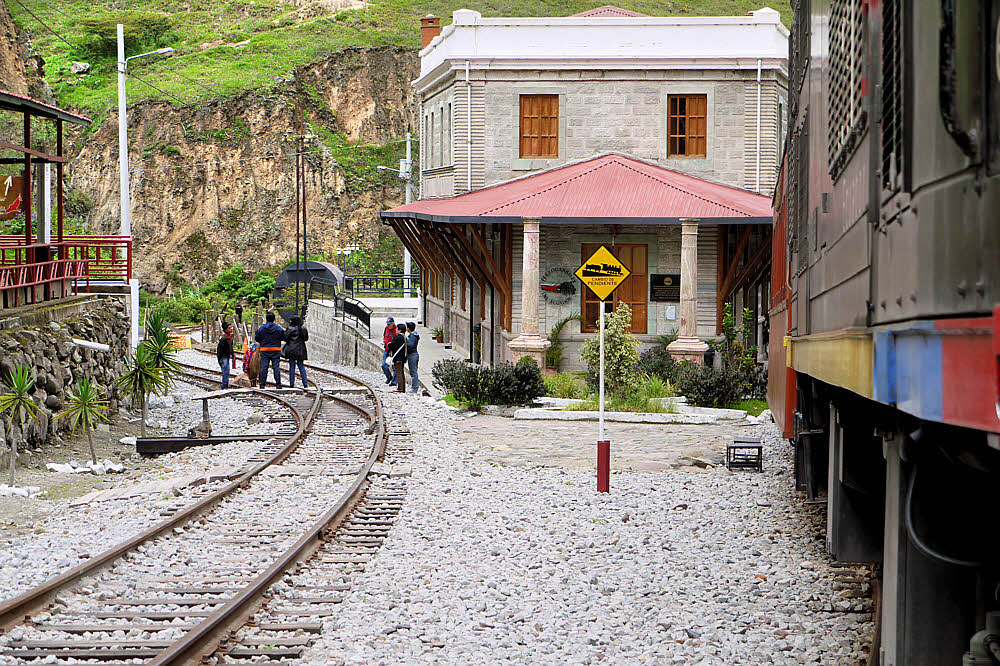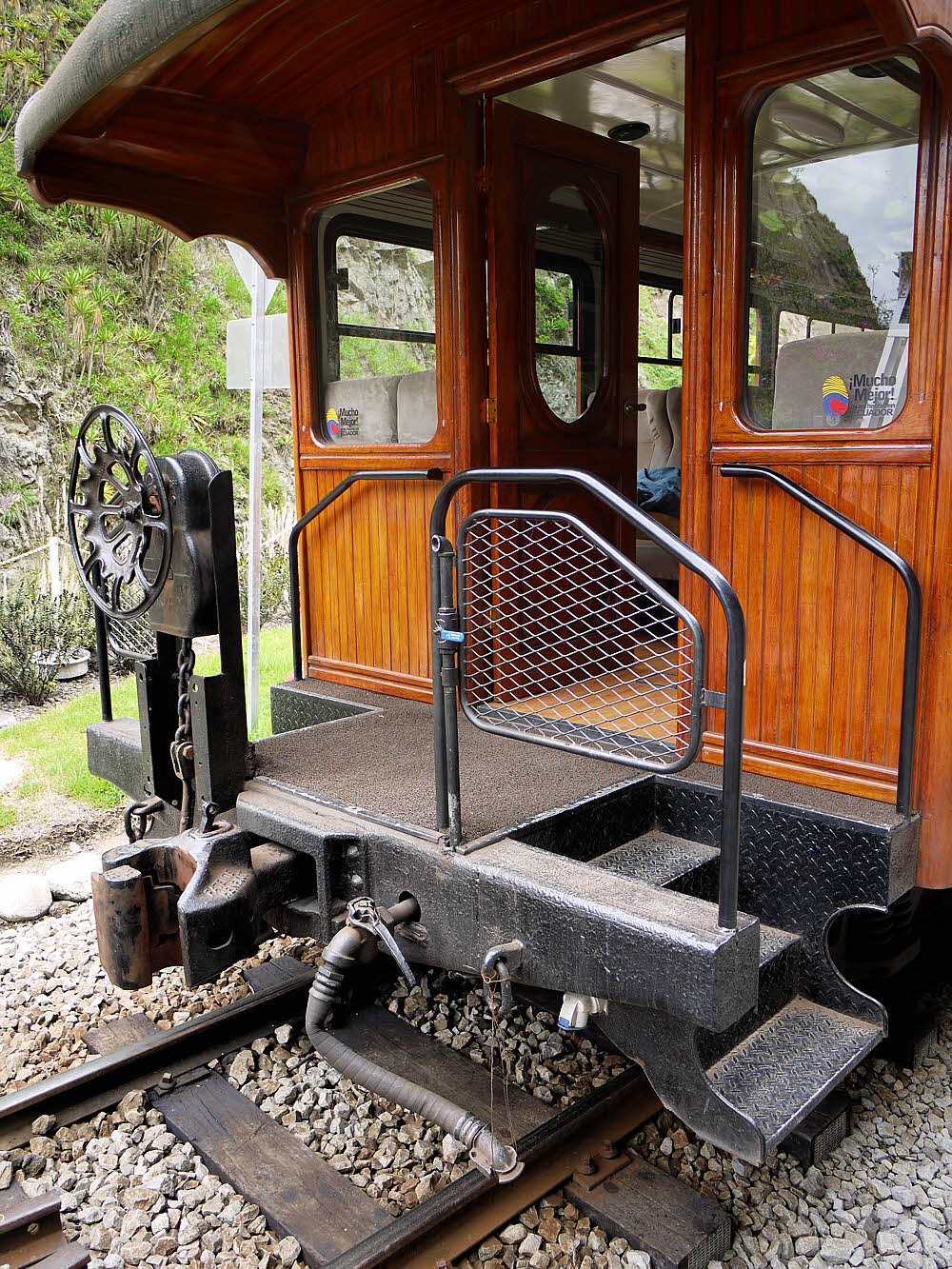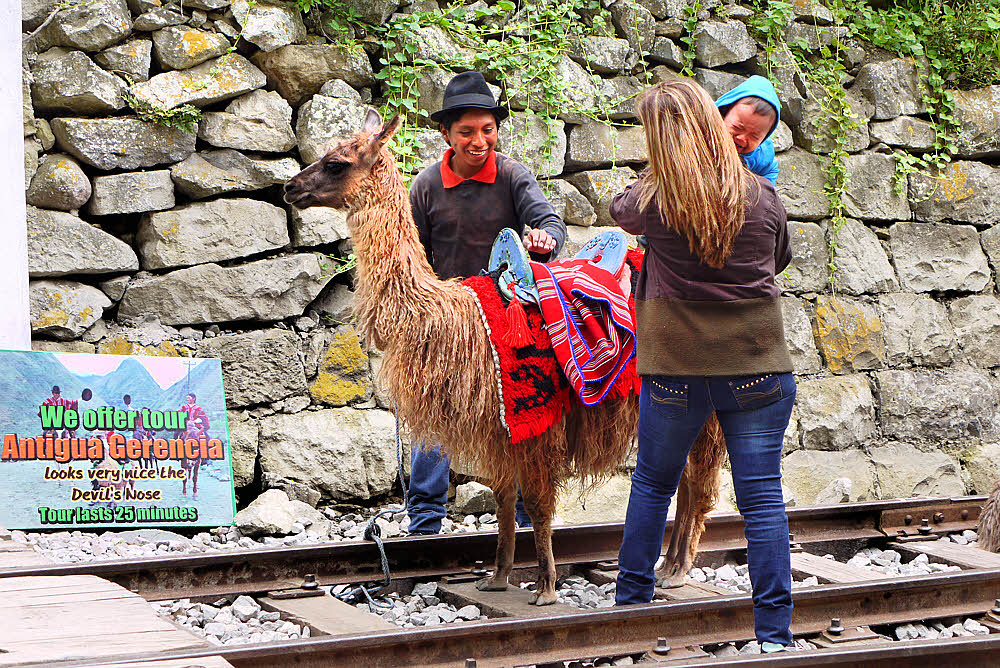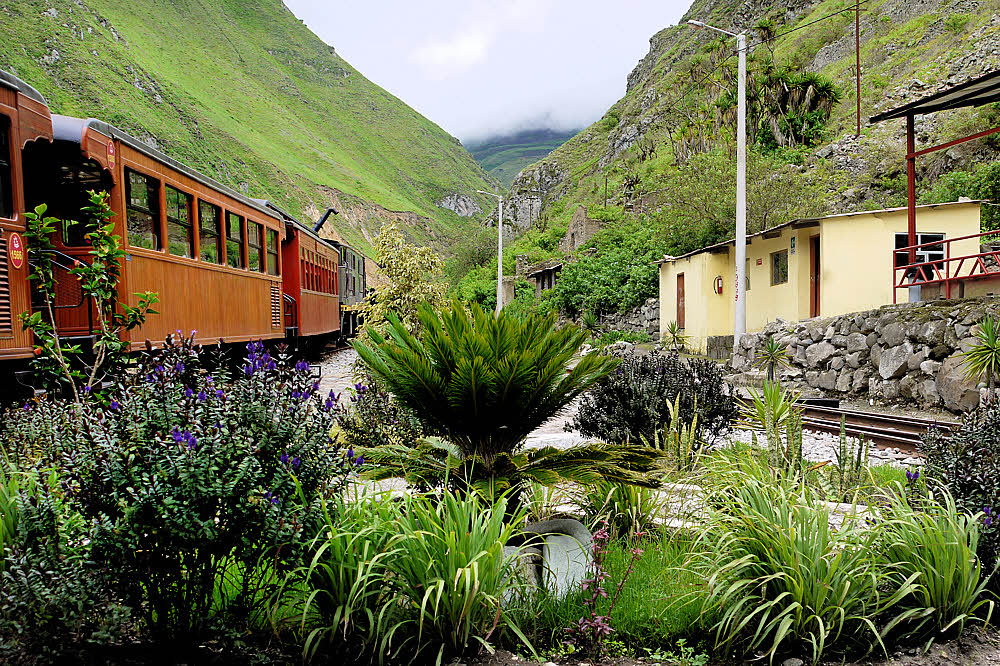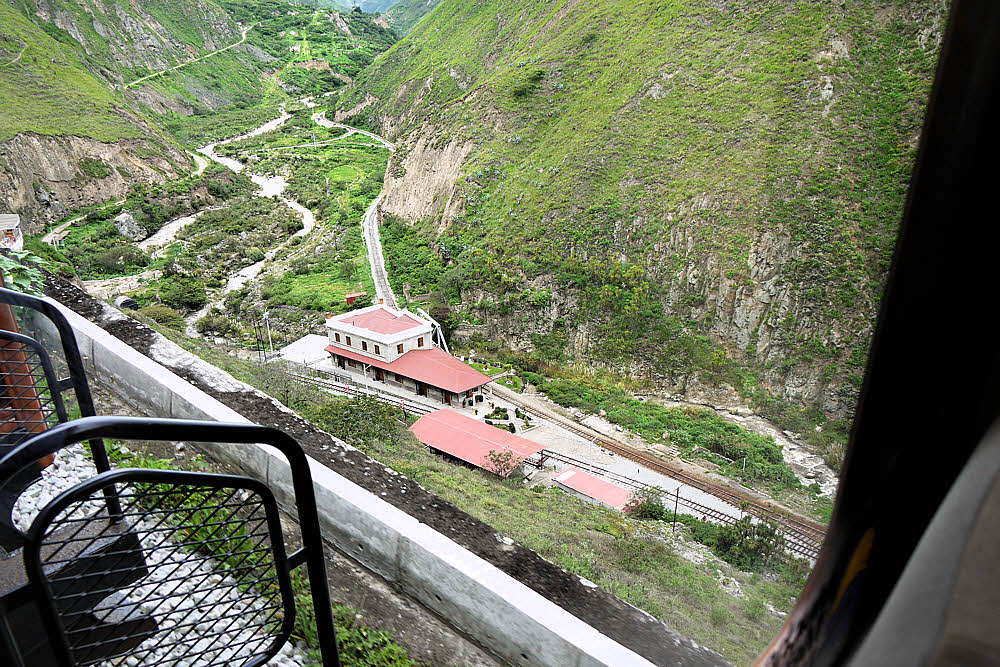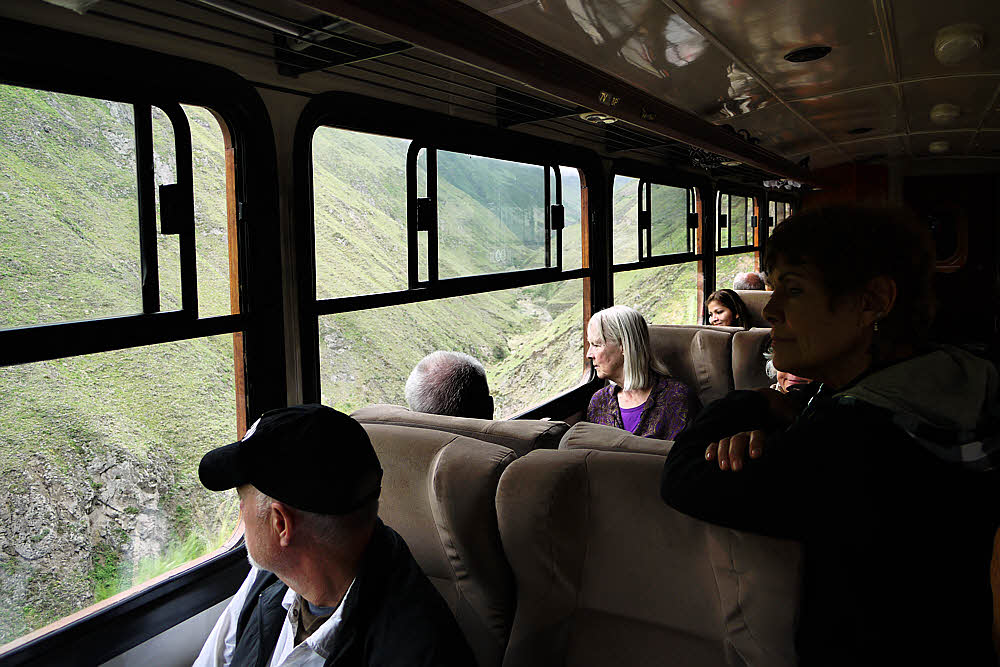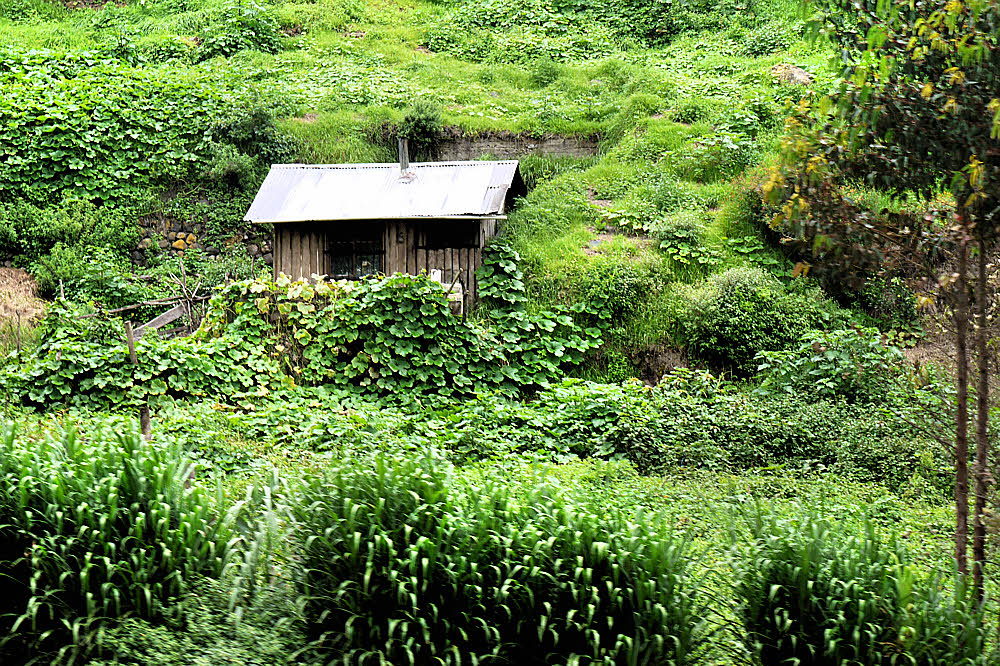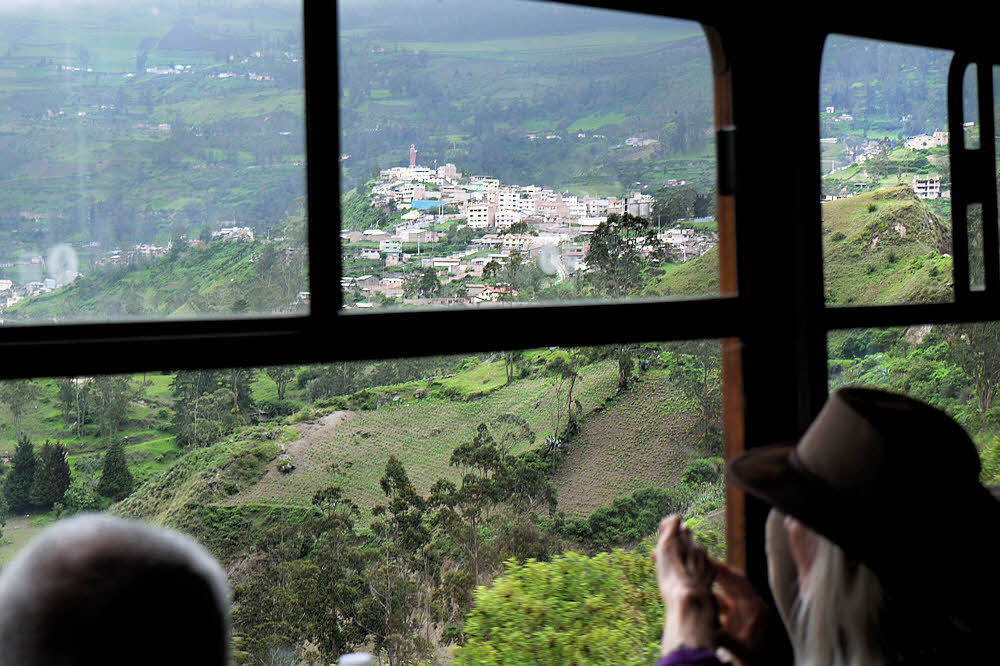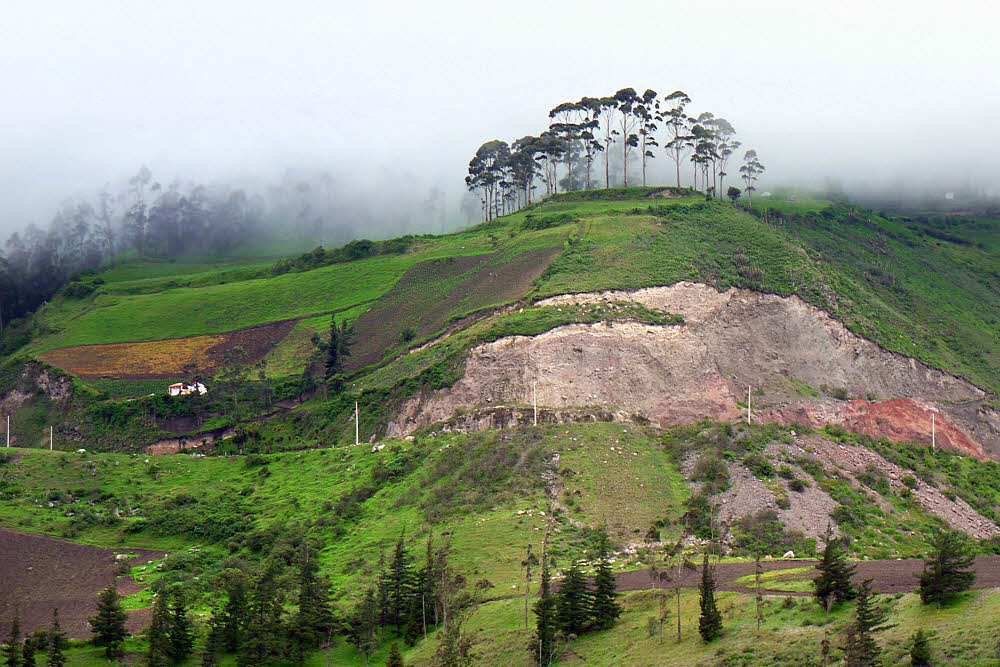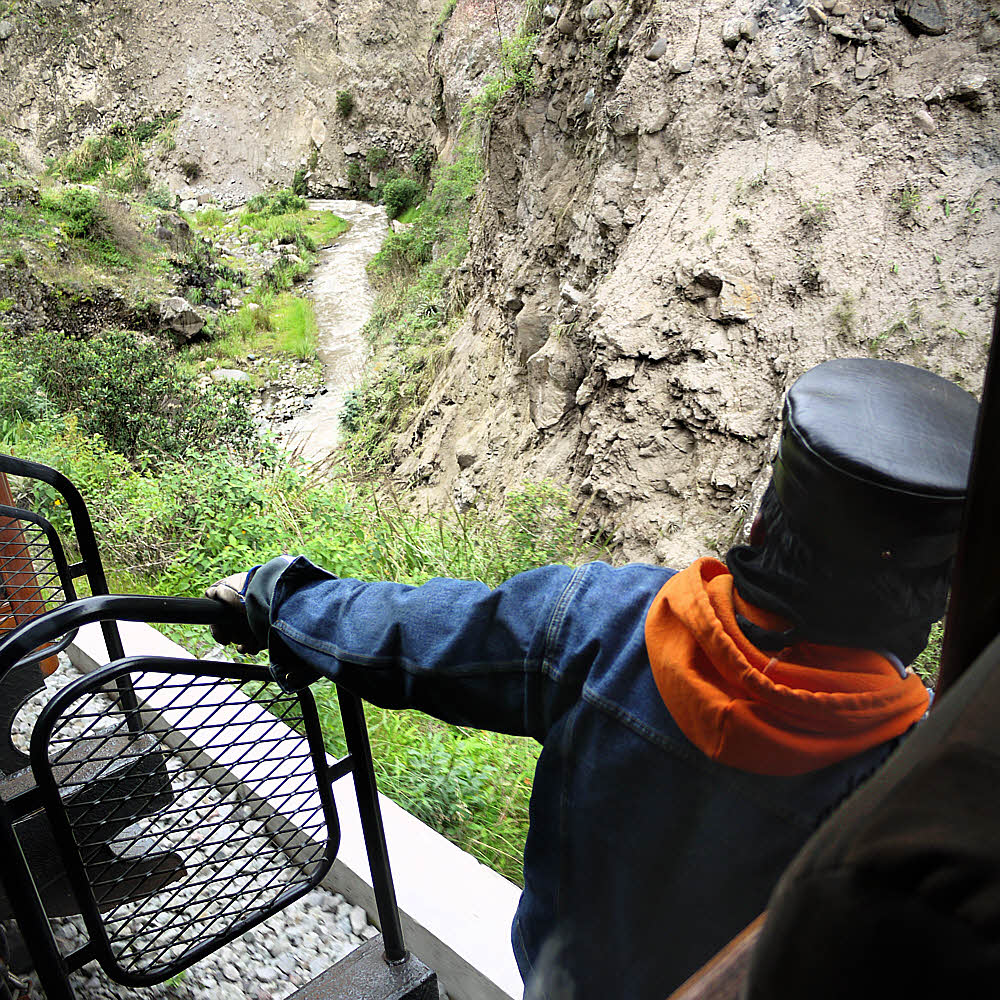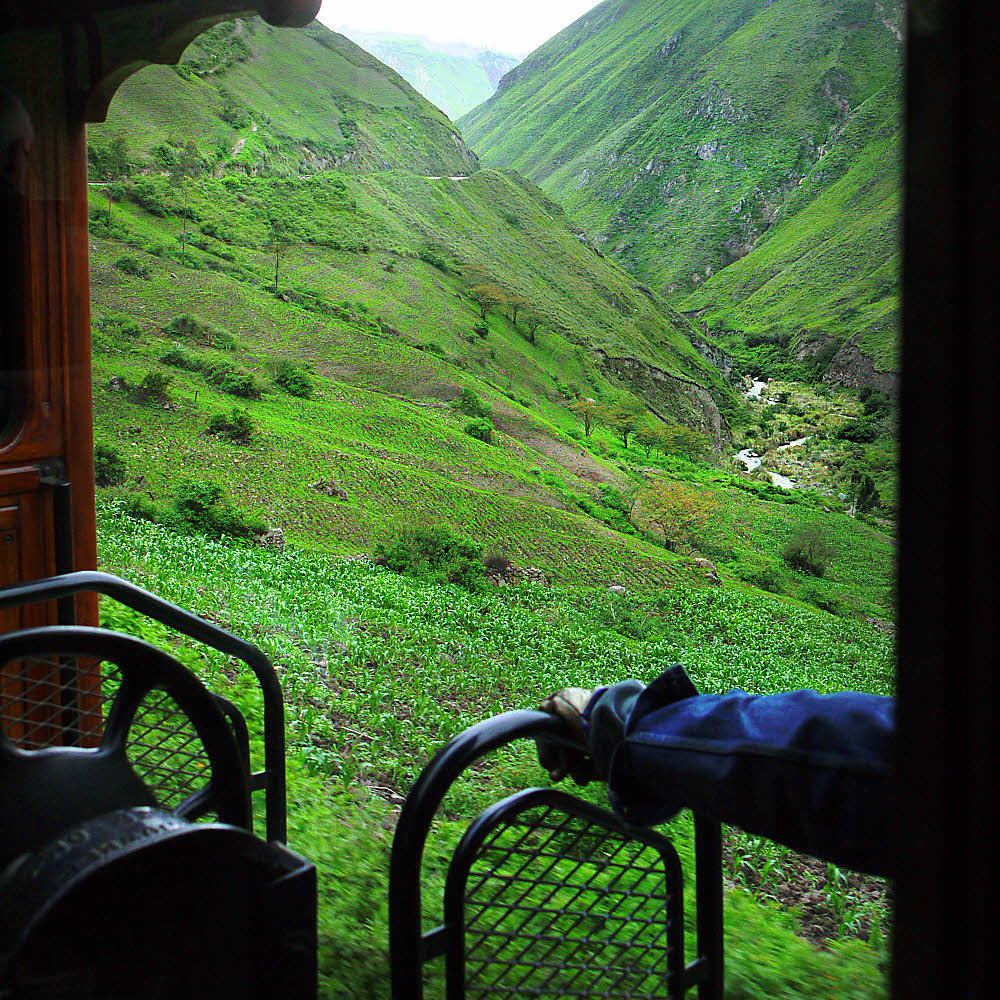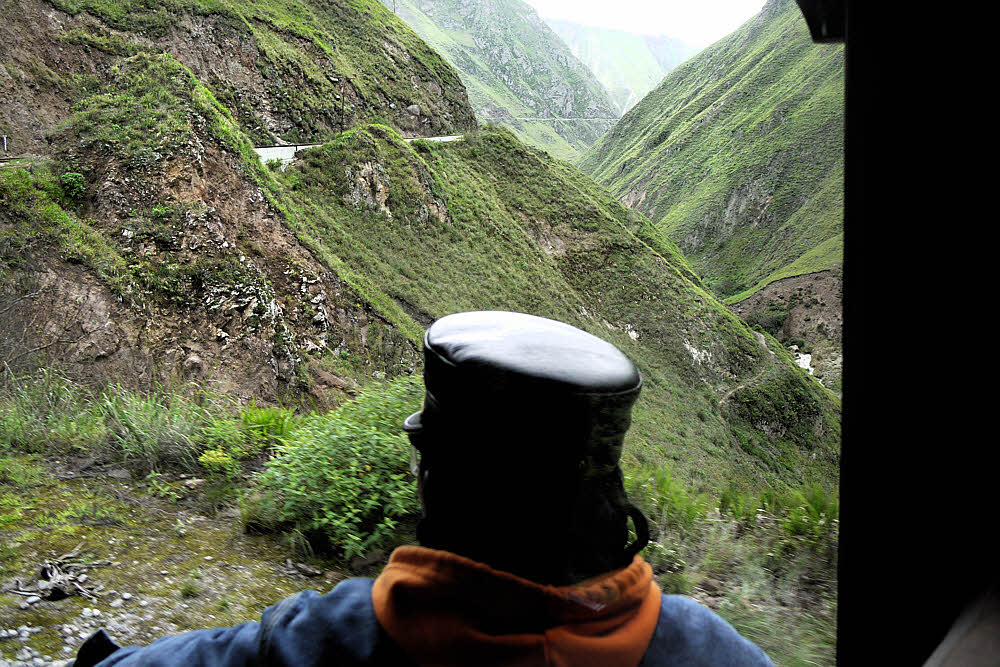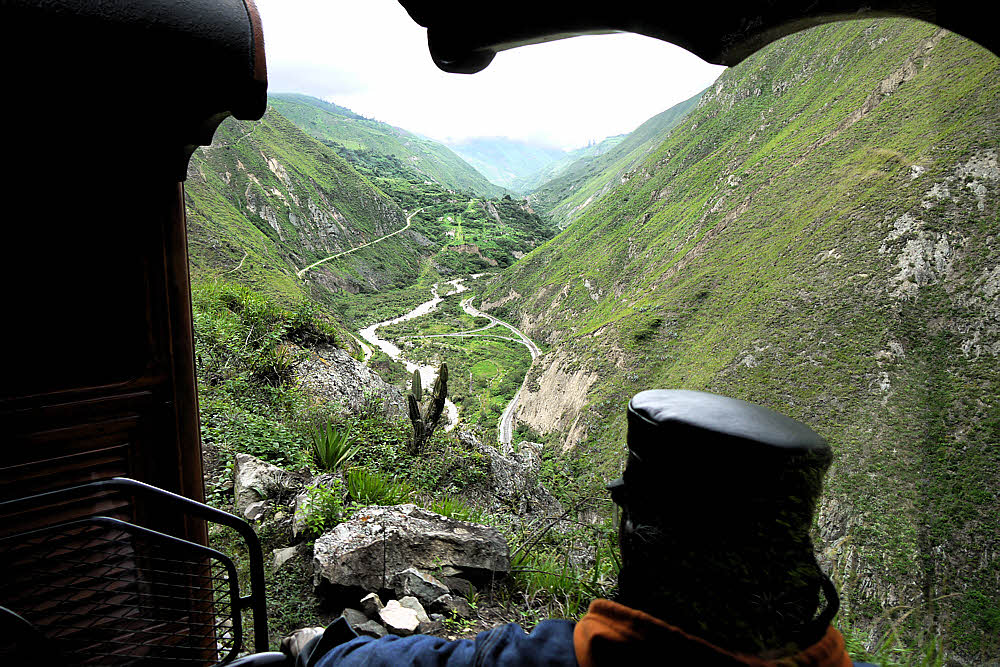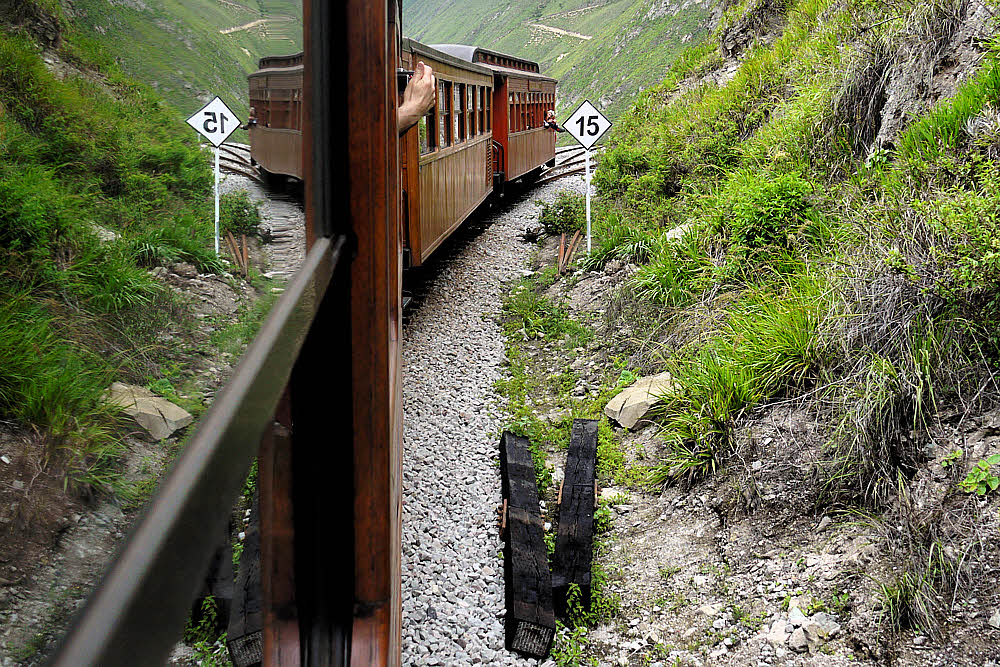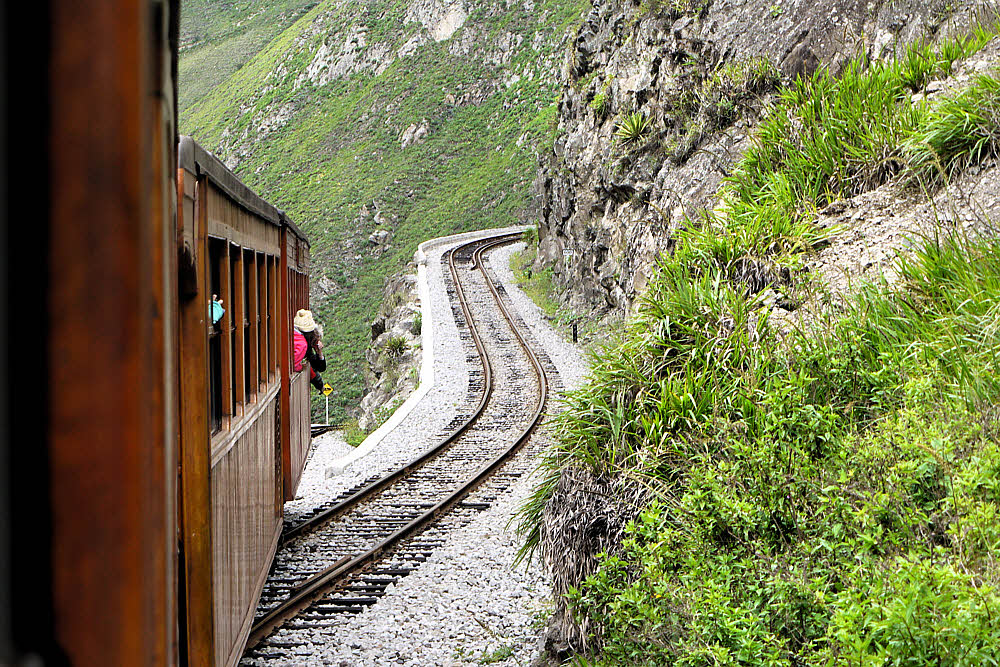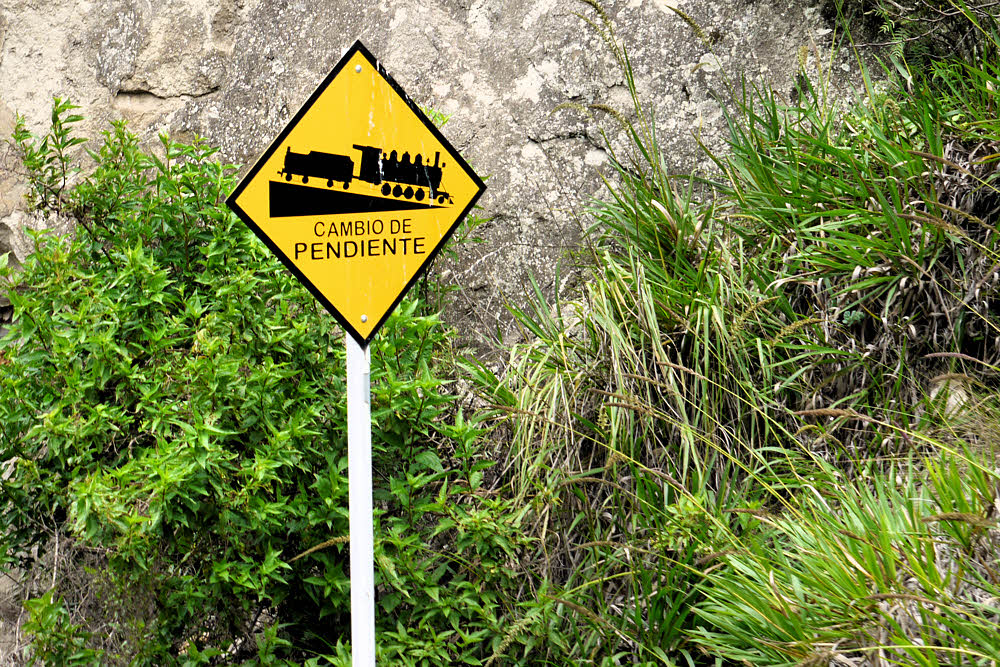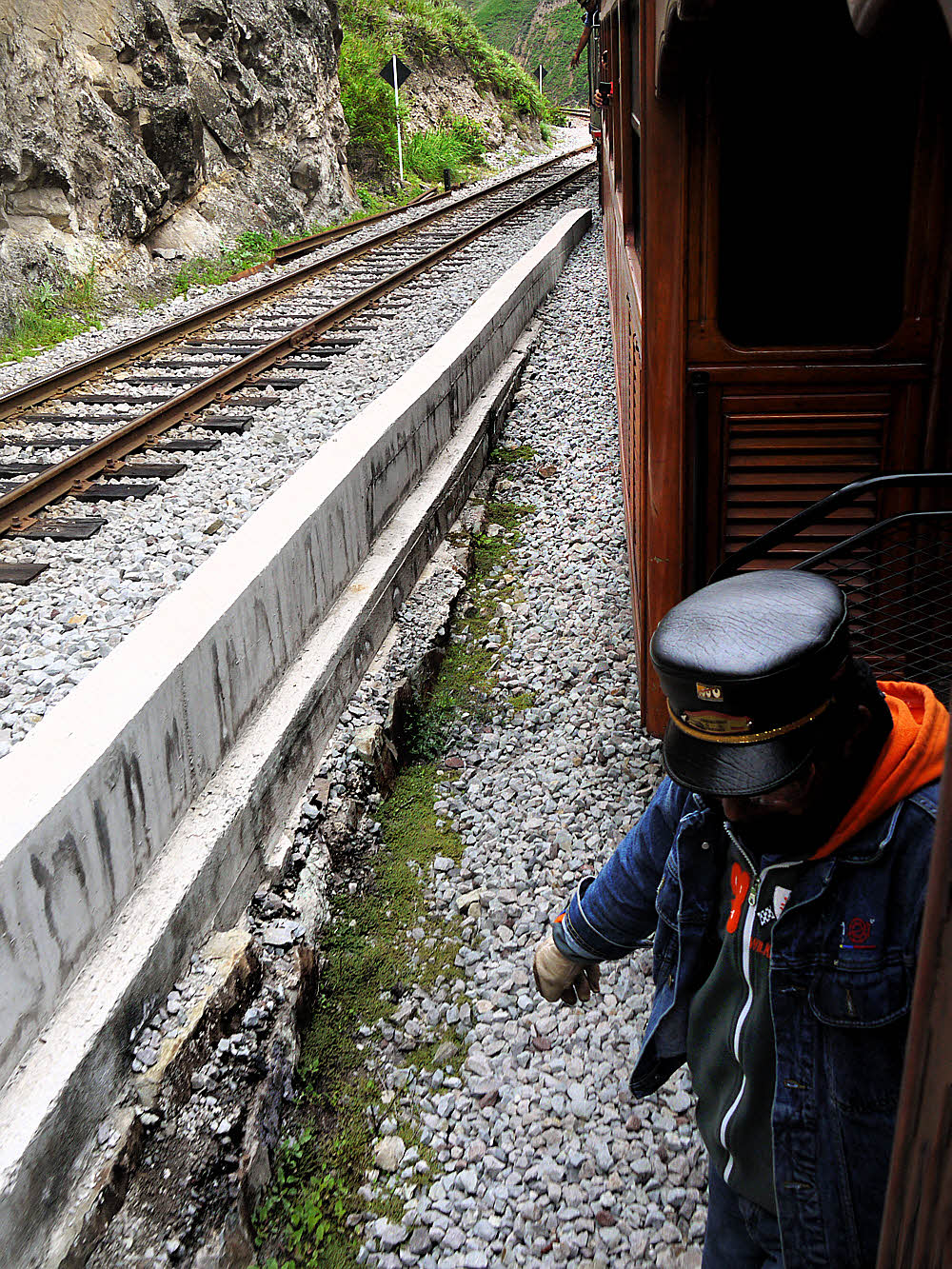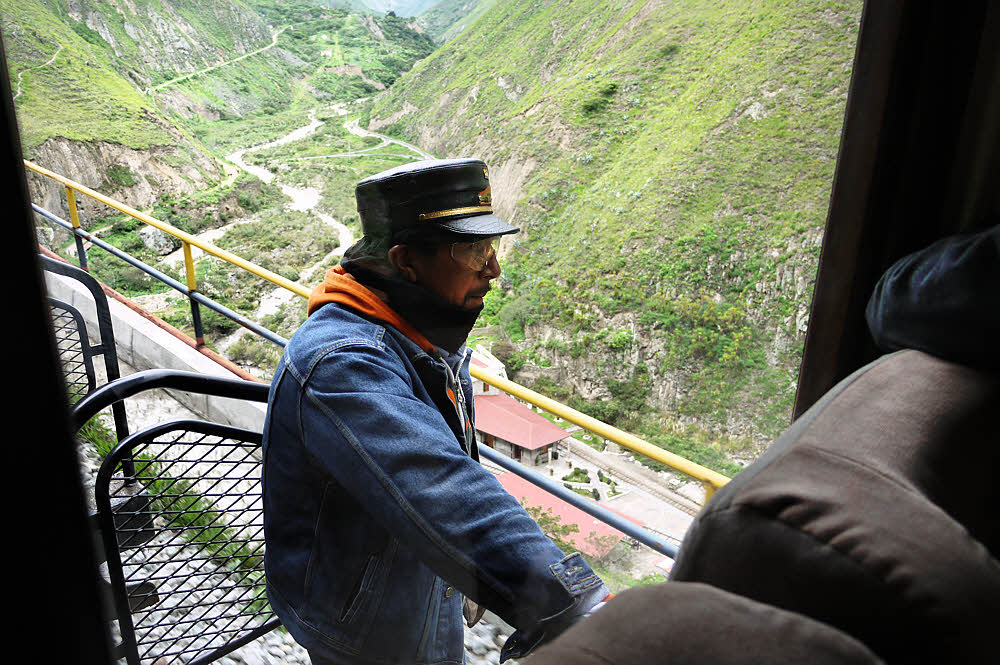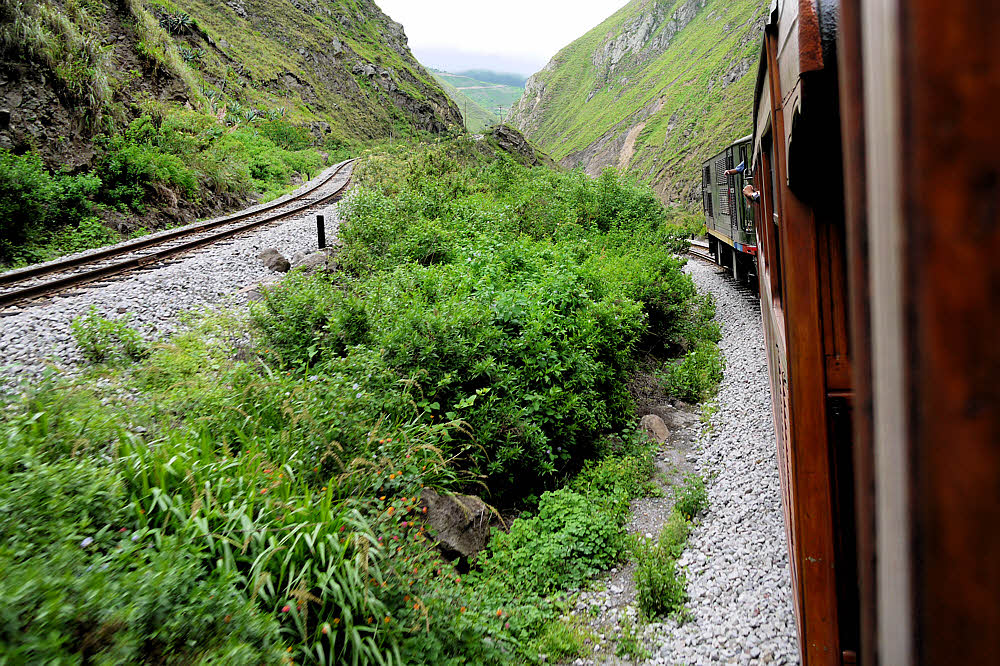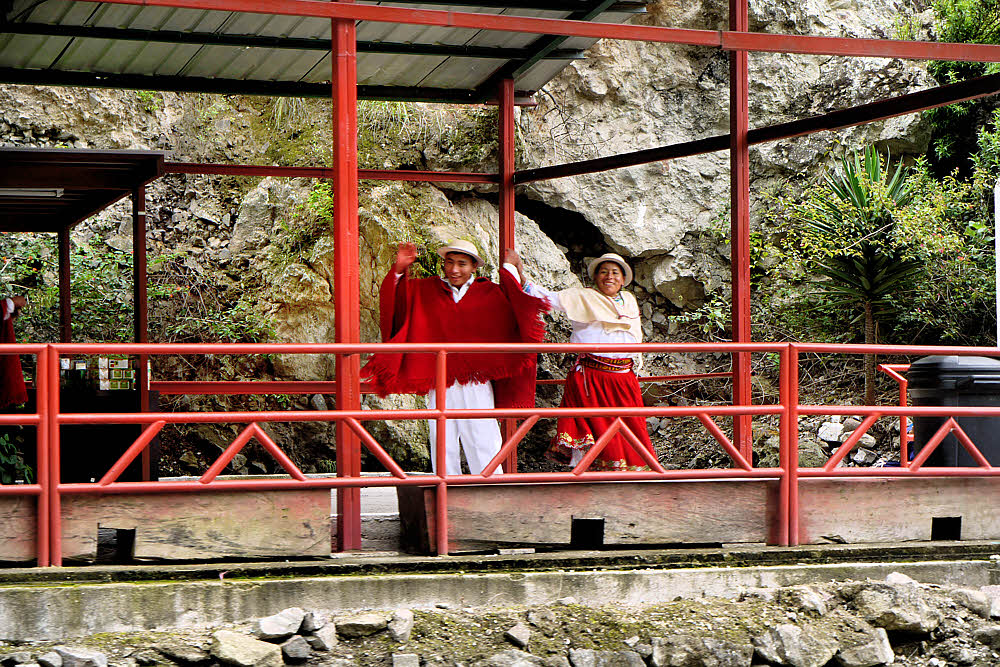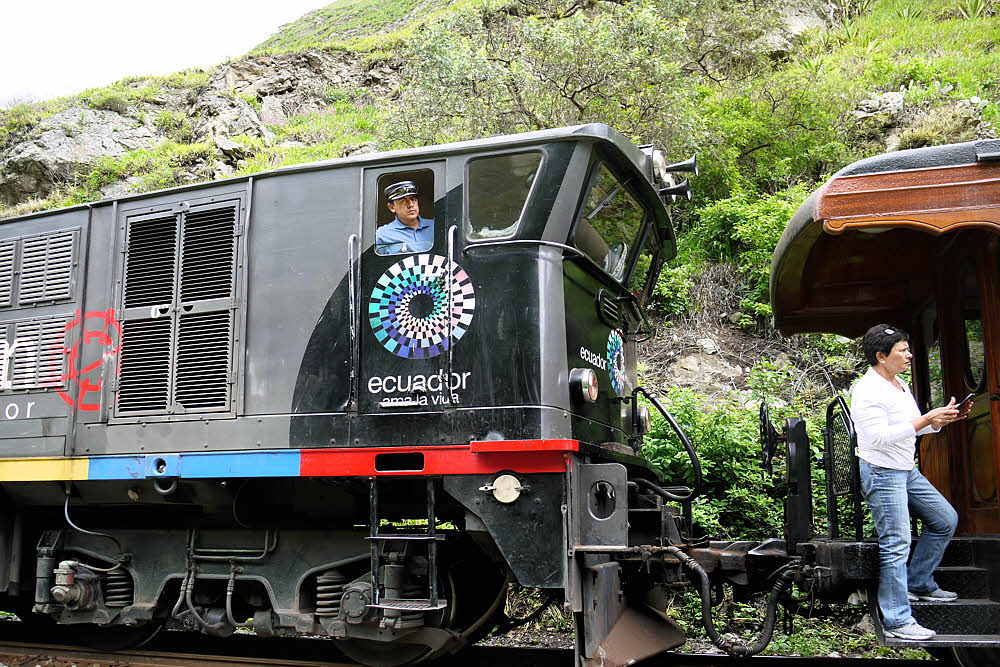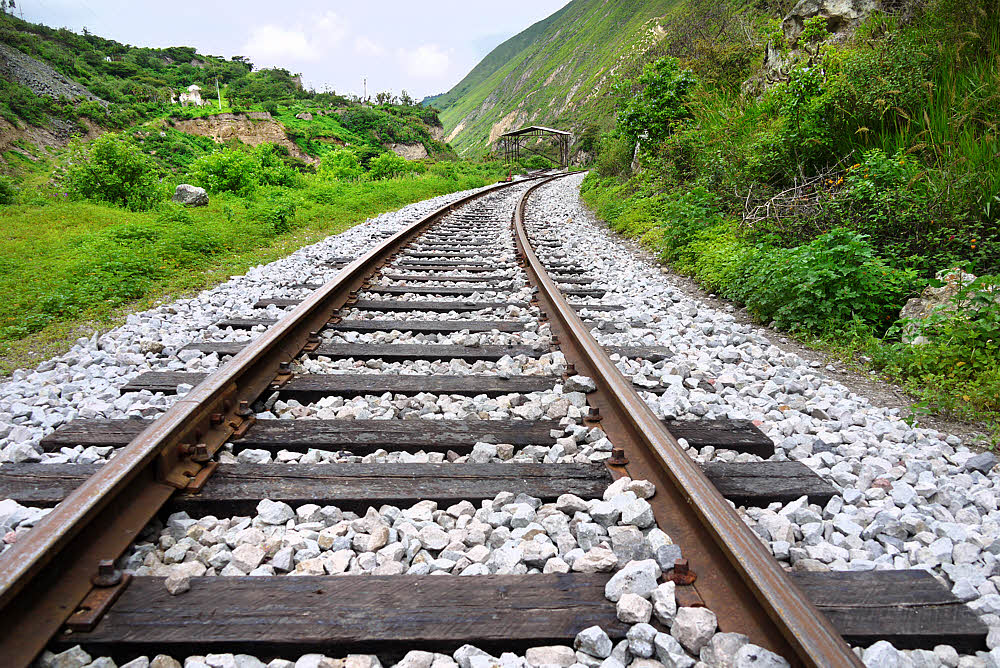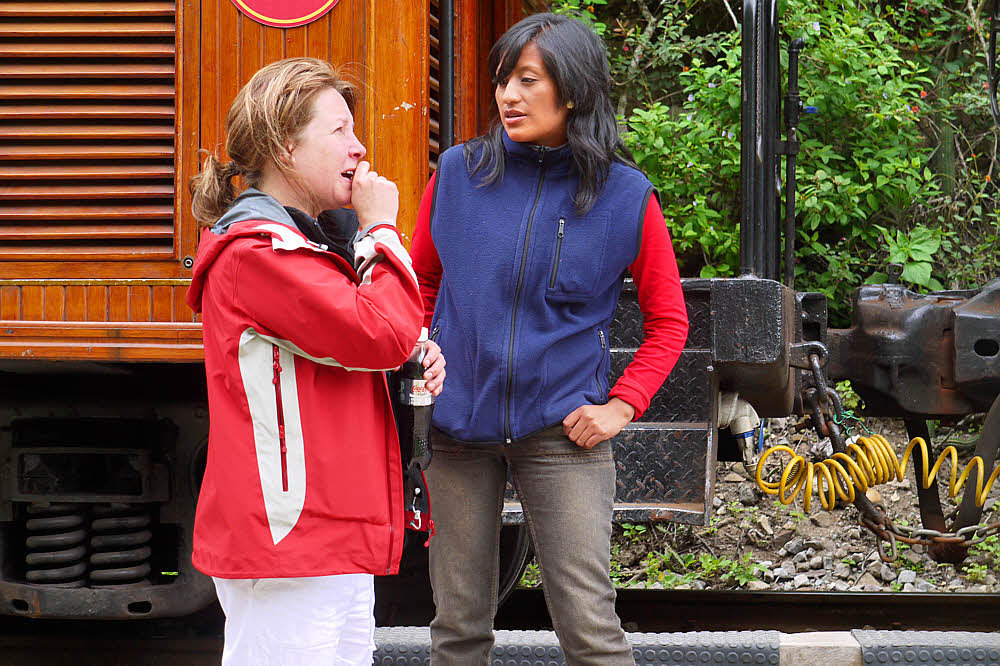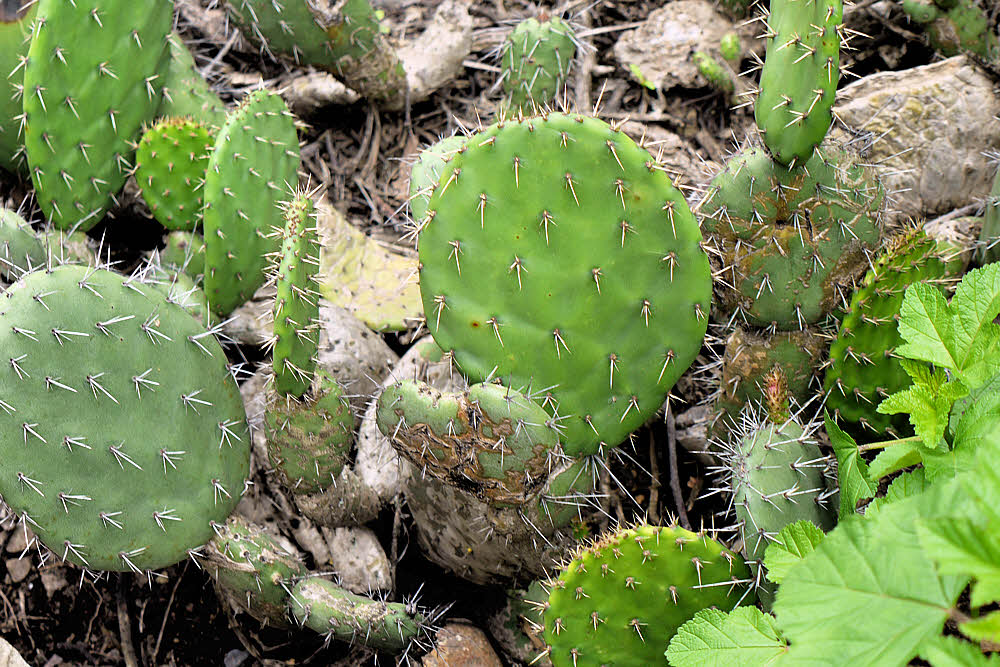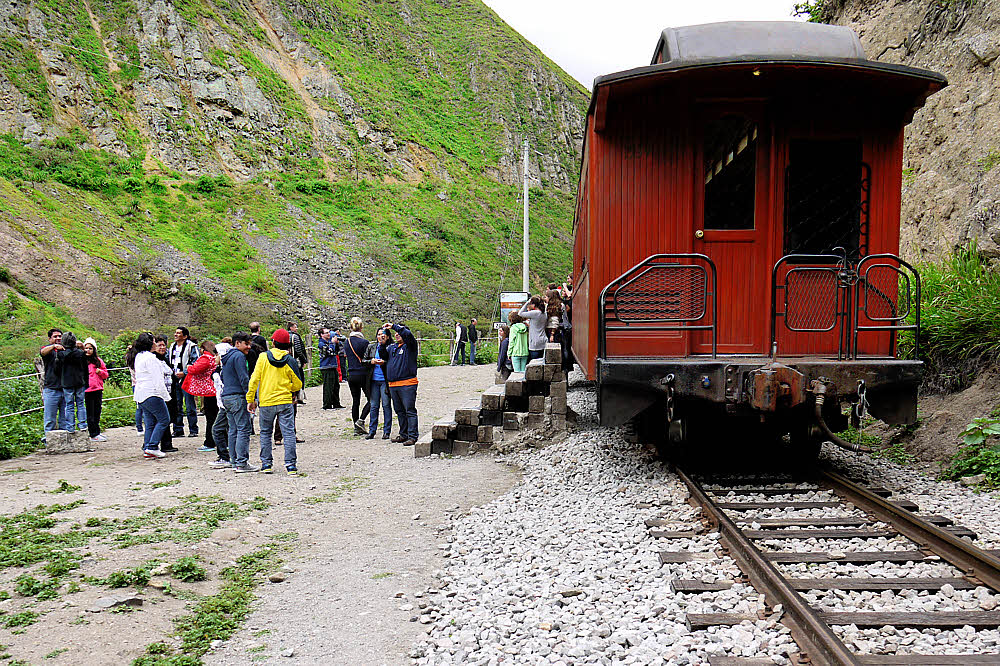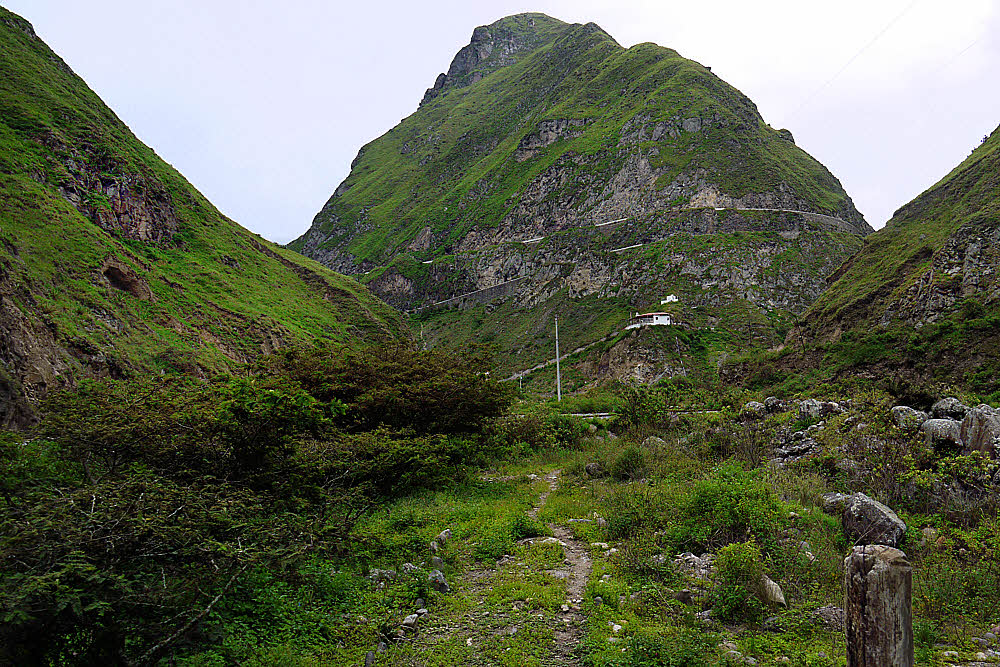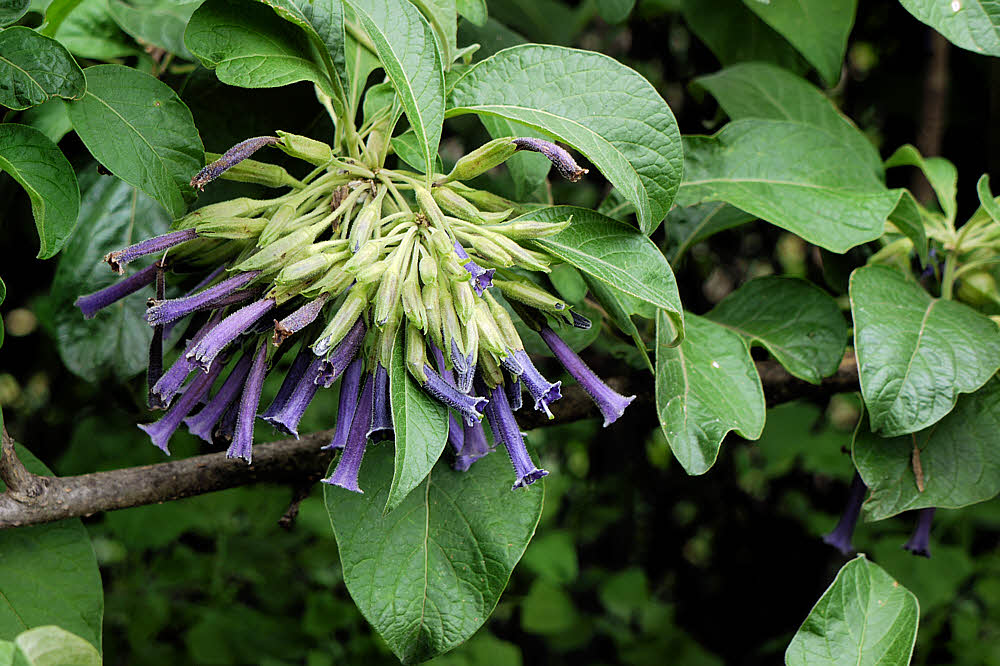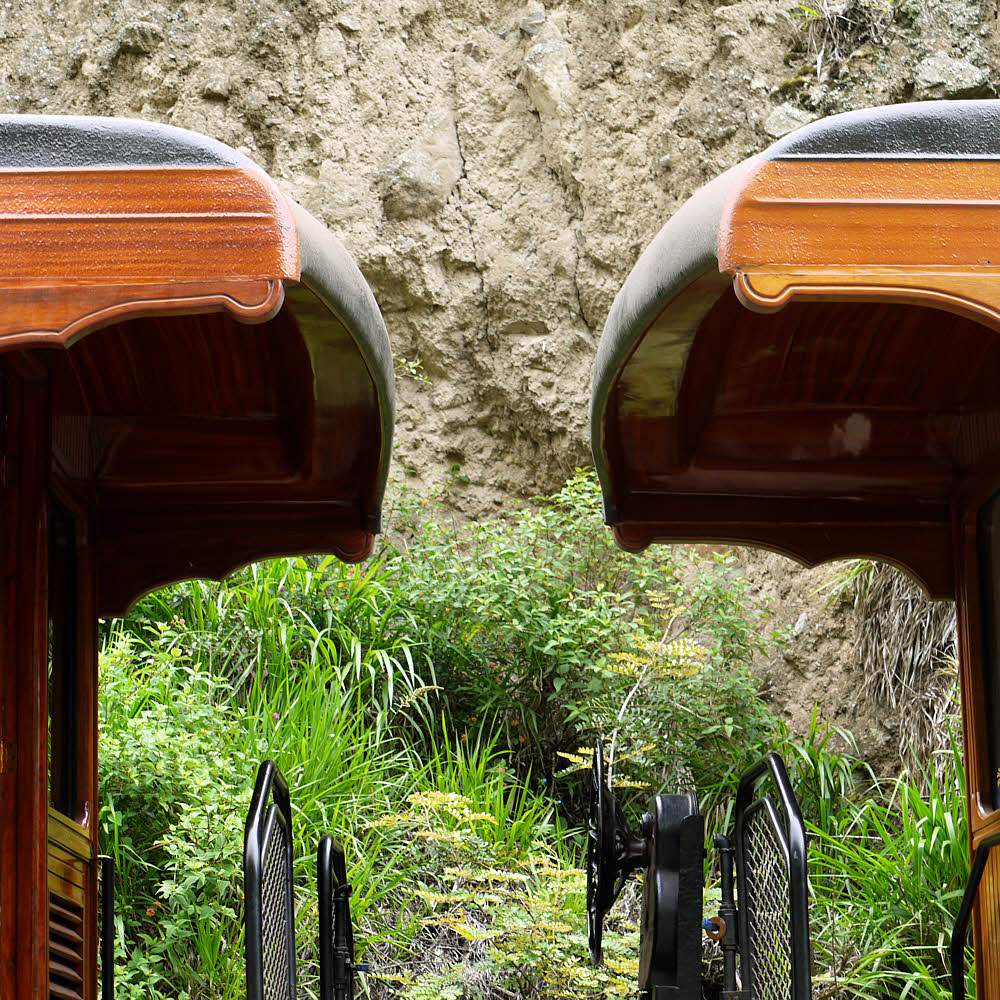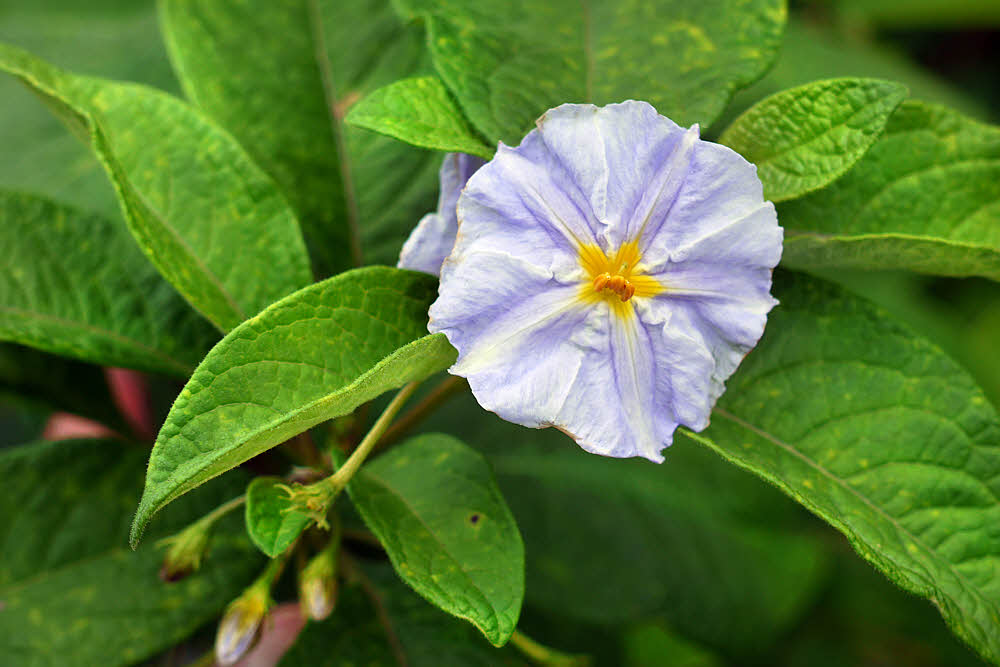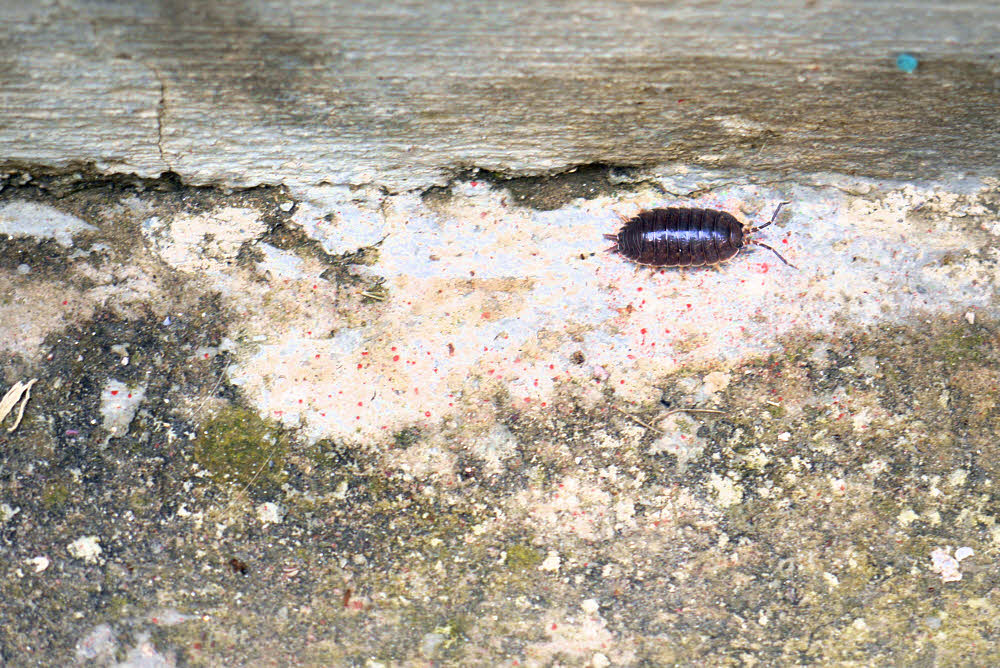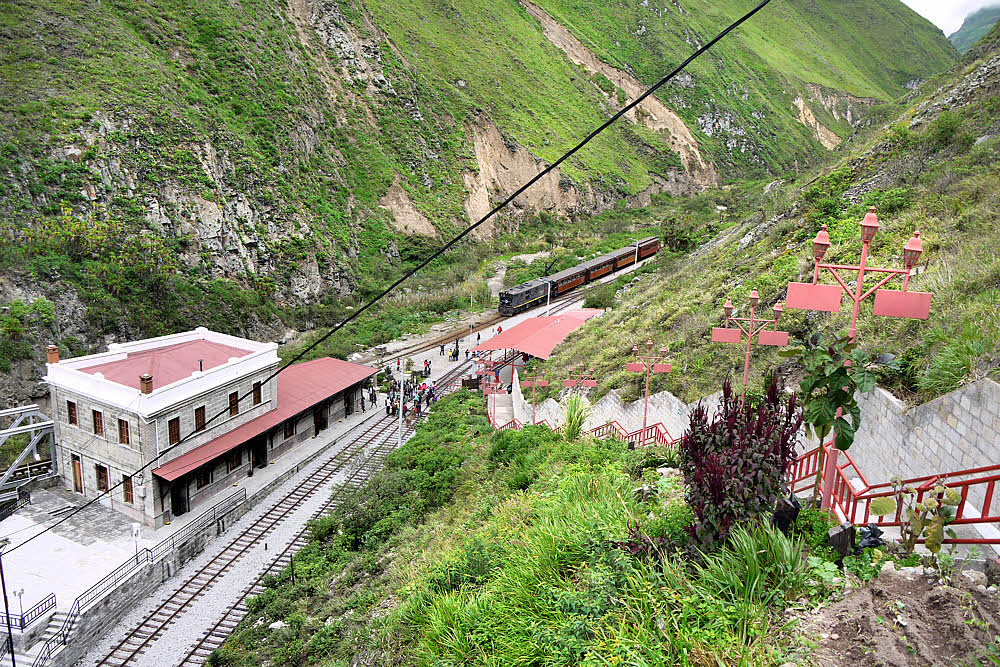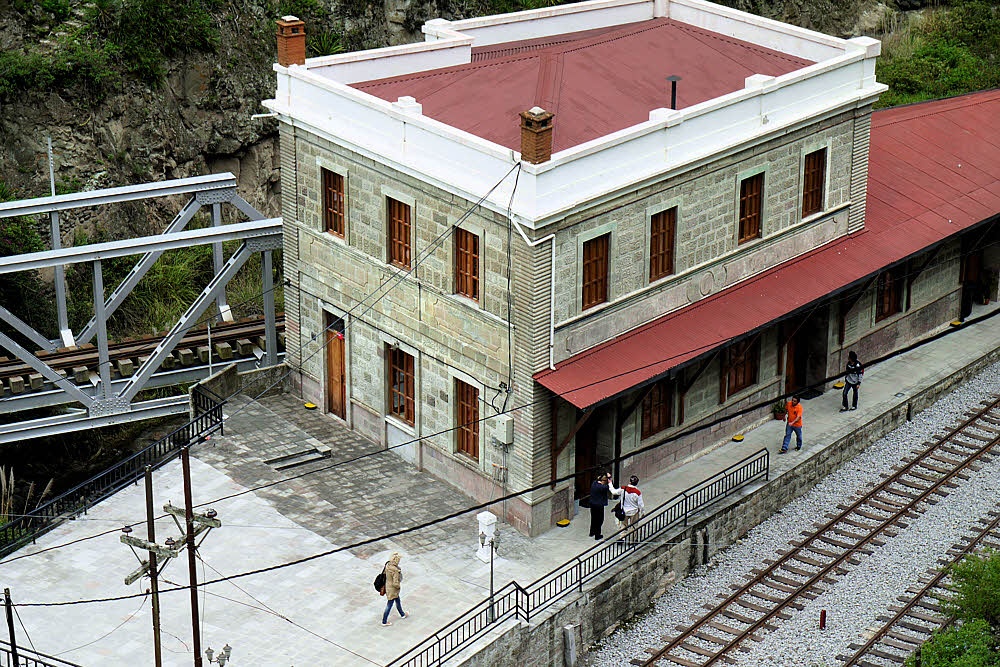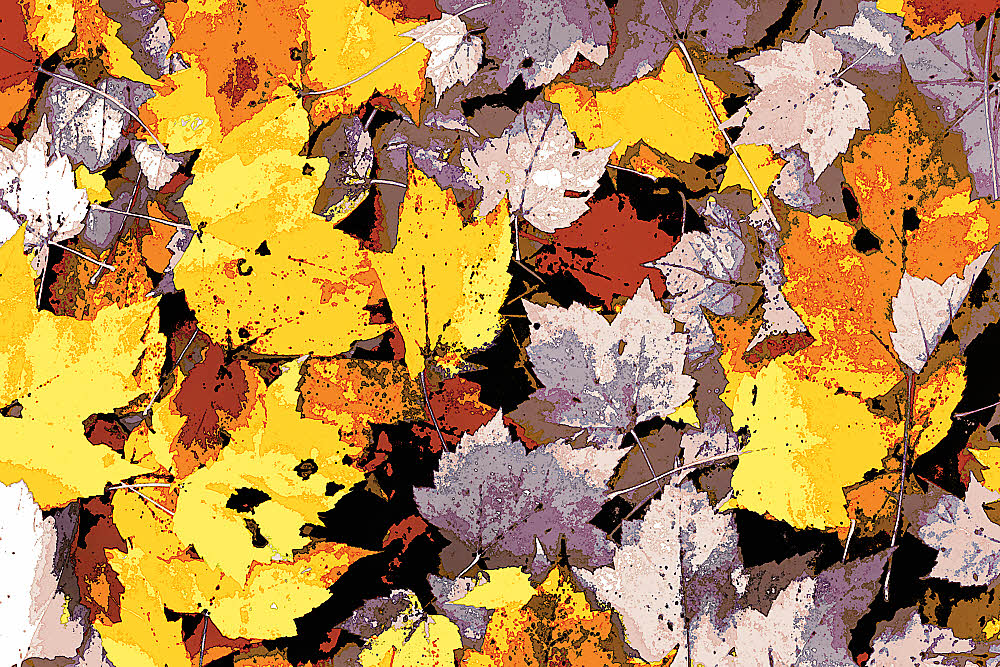
A woodland is a community of trees that are not so close that they can ever be more than just acquaintances.
As a group woodland trees trend toward the modest end of the size spectrum and accomplish only the lesser heights (though they stubbornly remain bushy on top), and stand far enough apart to preserve a fair amount of open space. This open space may be bare, or covered by shrubs, or populated by herbies such as various kinds of grasses.
The amount of crown cover in a woodland is usually low, ranging from 10% to 25%. Forests usually have 30% or more because a forest's trees grow closer together.
Crown cover, if you were wondering, is the percent of the ground beneath trees that is shaded by those trees. The shading is a result of the topmost layer of vegetation, which is what the "crown" is. The leafy bits.
Why don't they get closer, these trees? Who knows?
Are they shy? Maybe they have fights if they get too close. Maybe each tree thinks all the others are ugly. It could be that they smell bad (trees never bathe, you know). Hey, it could be any reason at all, or none.
Trees are like that. They look ordinary and boring but you never really know what's going on under the bark. They can even actually really and truly exhibit a thing called crown shyness (also known as canopy disengagement, canopy shyness, or intercrown spacing), which keeps their uppermost green foliage parts from touching the similar parts of any other trees. (The eww effect.)
Trees also do form real forests, which is what happens when you have the same sorts of trees but growing closer together, though at times all you get is these woodland areas (fewer trees, farther apart, as we said in the beginning). For some reason or other.
If you drift into one of these areas, sidle up to the trees, remain quiet, and pay attention, you may discover a few surprising things, like nymphs.
Yes. Nymphs.
Woodlands are where you find them (nowhere else, in fact), and there's a kind of nymph to suit just about every taste. You got your dryads, your hamadryads, your naiads, your nereids, and on and on, and your oreads.
These last ones, the oreads, are also known as "mountain nymphs", and can take on anyone, anywhere, at any time and go a full nine rounds without even breaking a sweat, so mind your manners or take a chance on getting whupped by one.
And nymphets too. Can't forget them, even if you try. Yet one more kind of nymph, but even more dangerous in their own way. You really, really don't want to mess with nymphets under any circumstances, or you will be so sorry, so very sorry. There are laws, you know. Watch it. Behave yourself.
But of course, if you are of the other persuasion, you got your woodland satyrs too. There's only the one kind of them, but they pretty much make up in strength, versatility, orneriness, and some other more intrusive tendencies what they may lack in numbers, as you may know if you've ever tried one on for size. But no nymphets. Remember that. No nymphets, ever. Leave them be.
So the moral of the story is: Enjoy woodlands while acting your age and obeying all laws and you should be fine unless something eats you. (The usual.)
Comments are appreciated via email to: sosayseff@gmail.com
